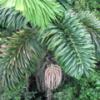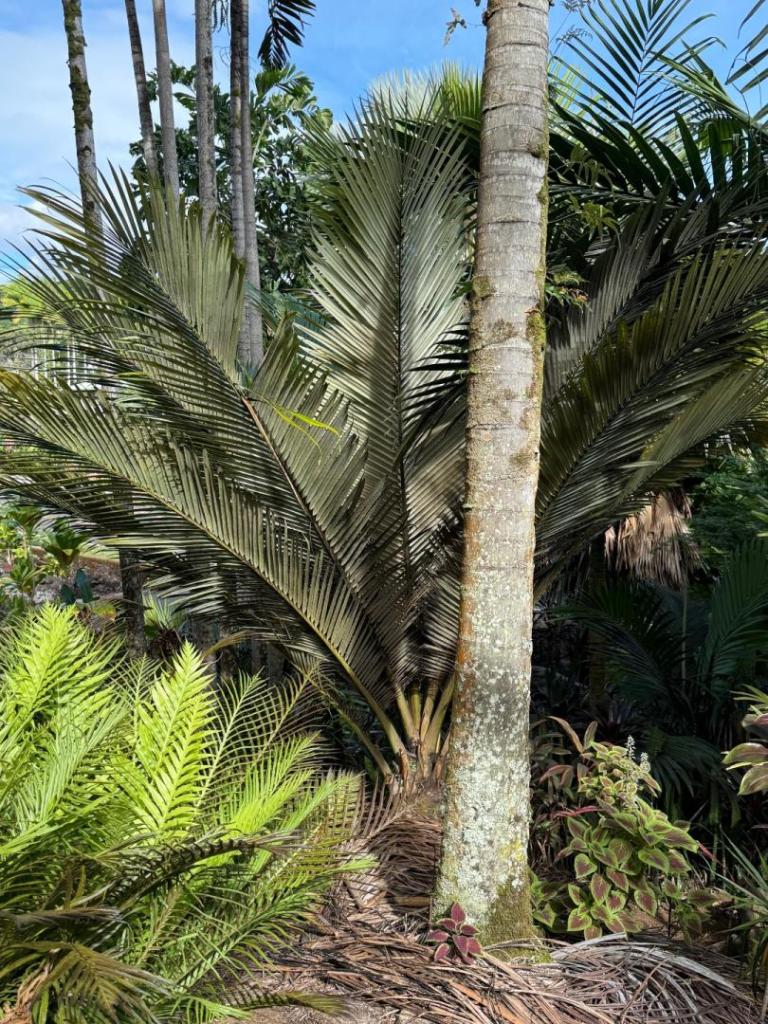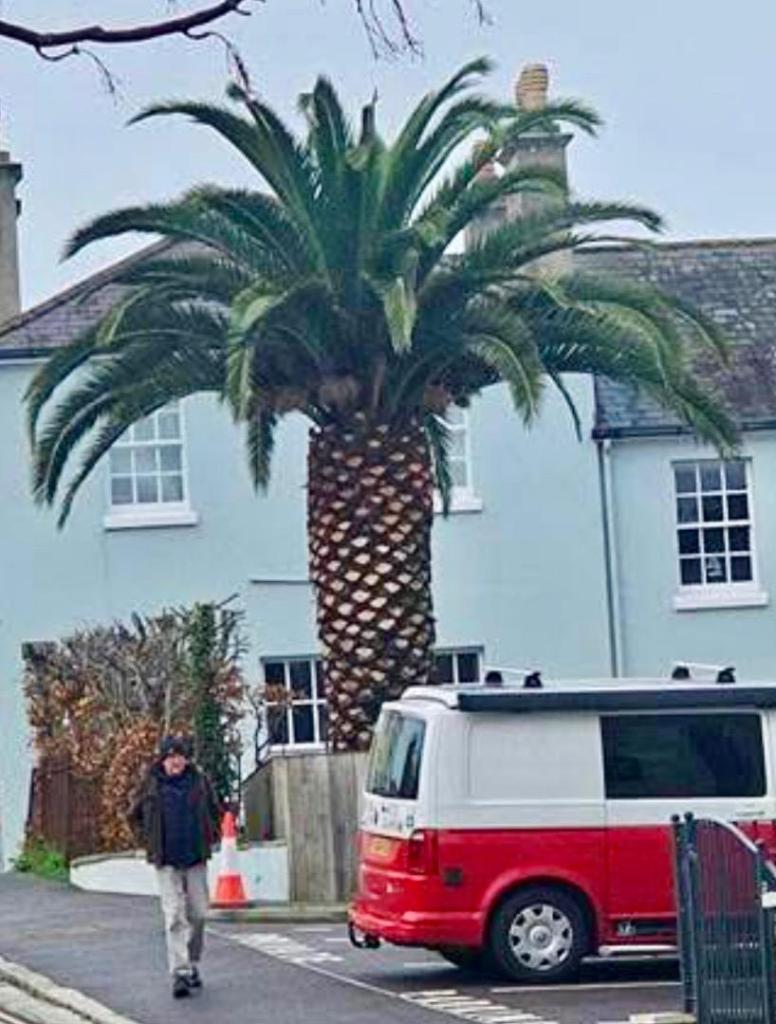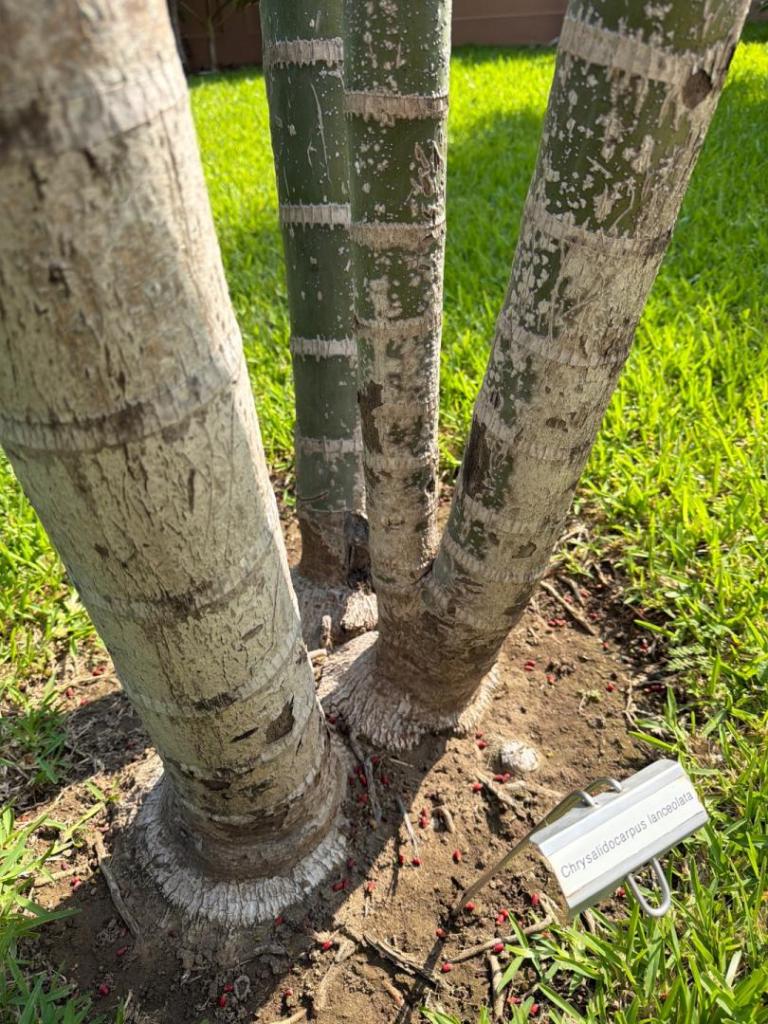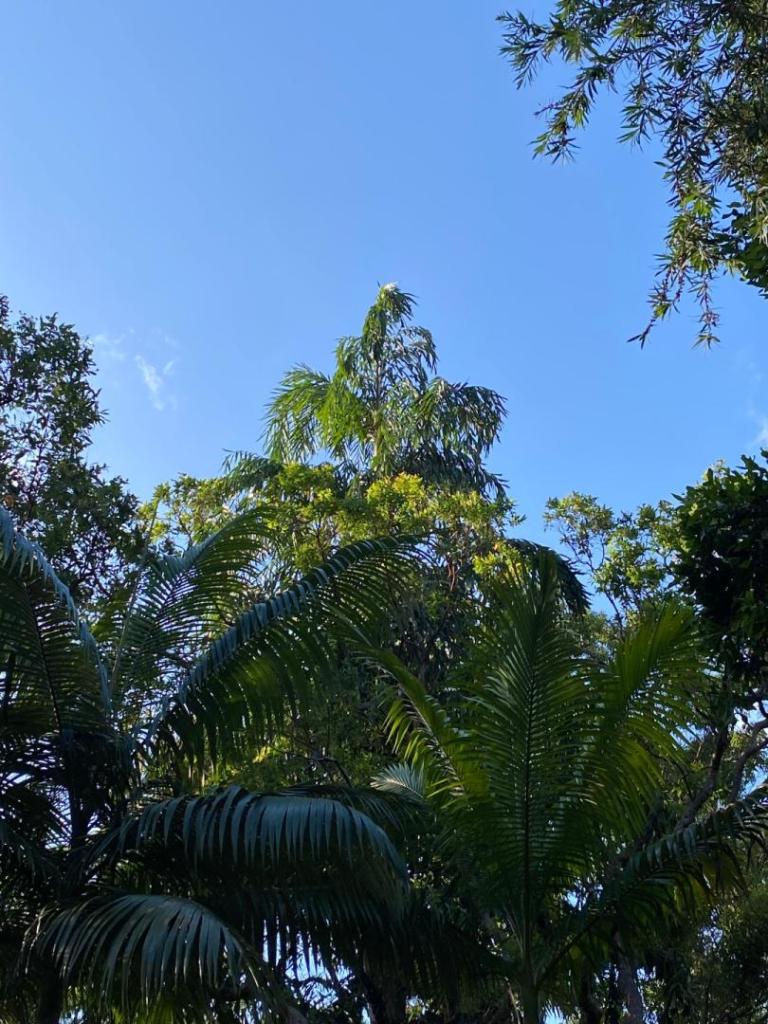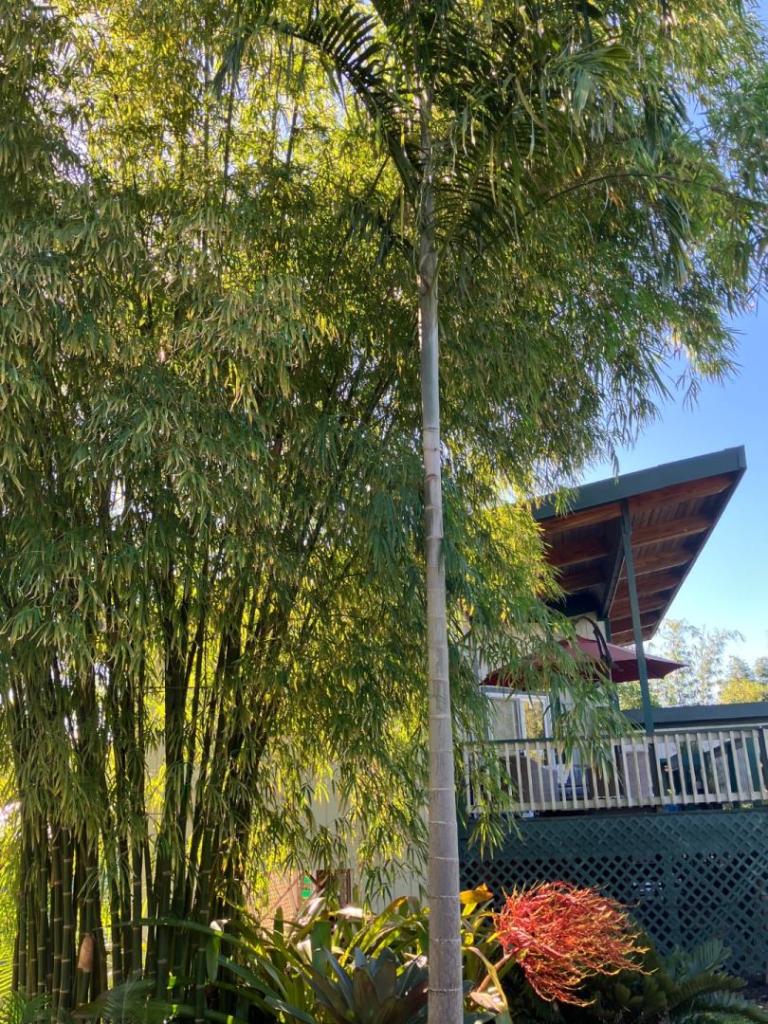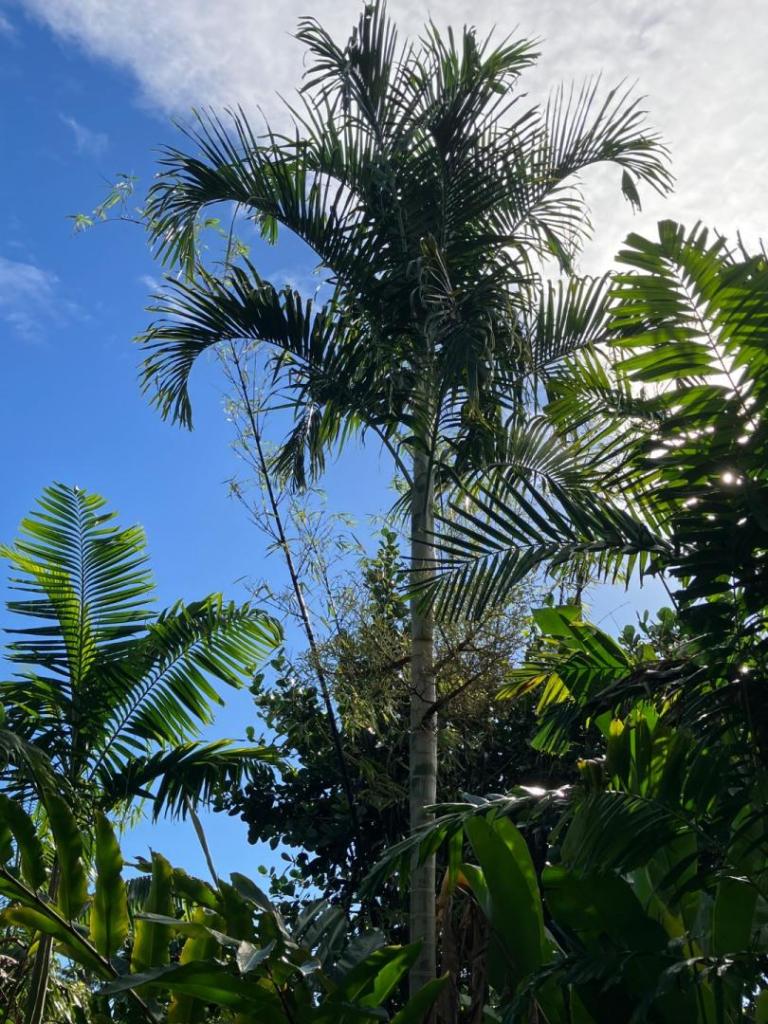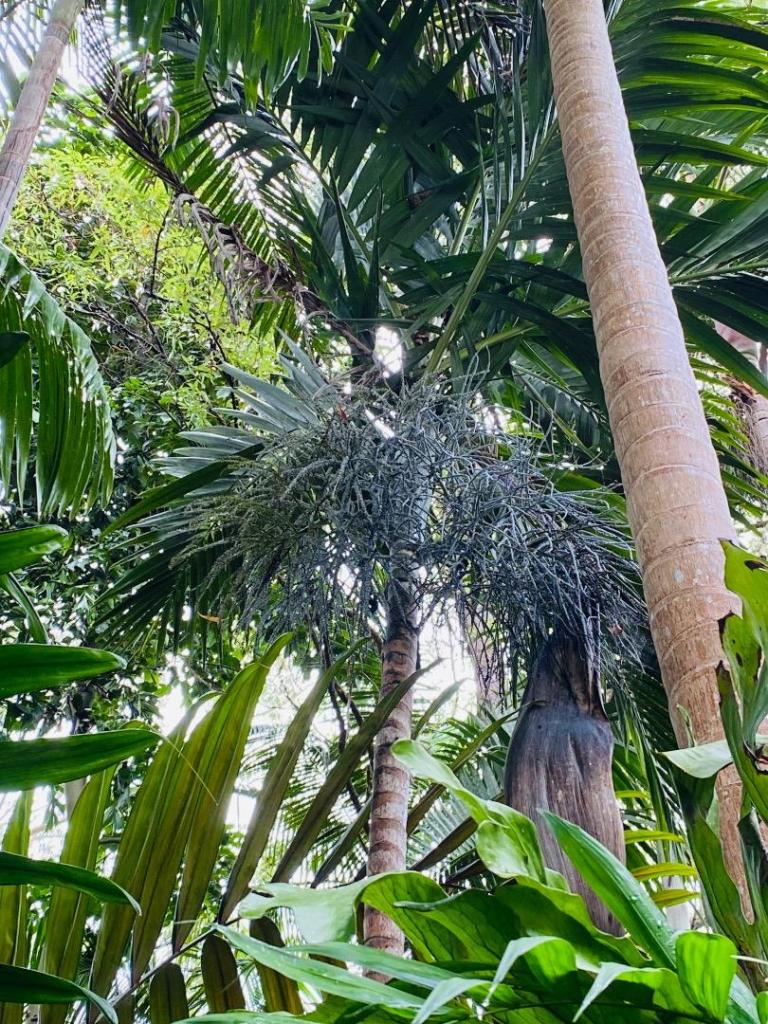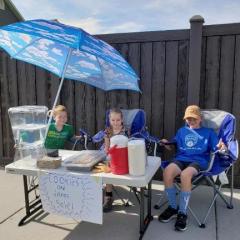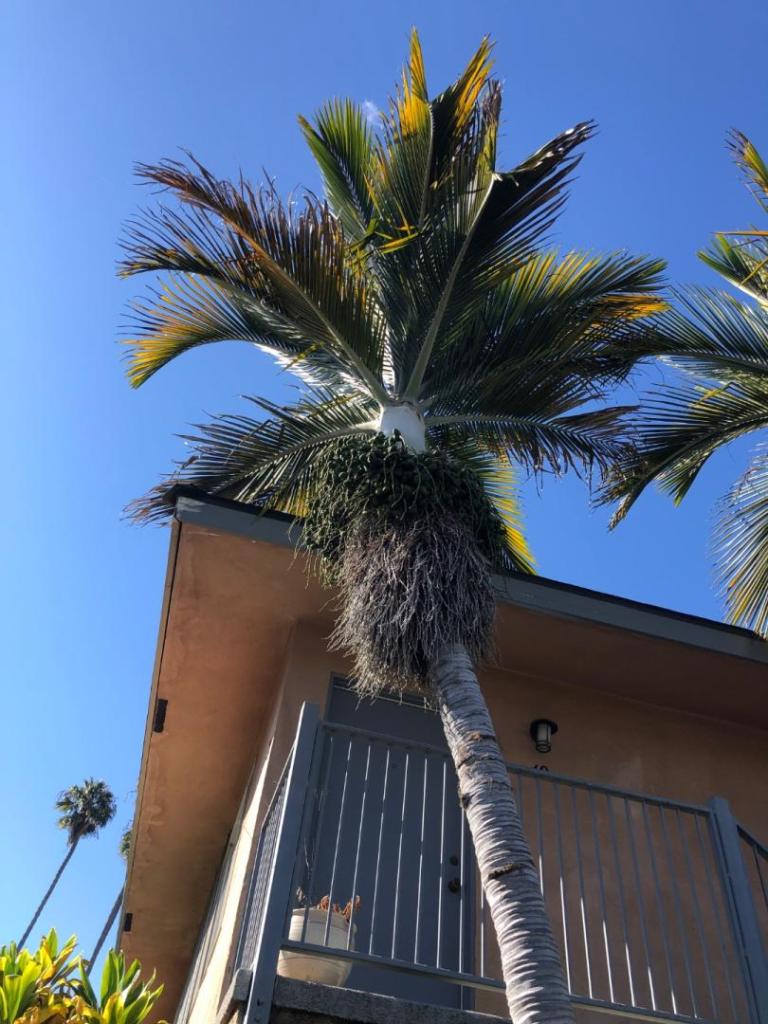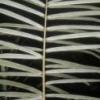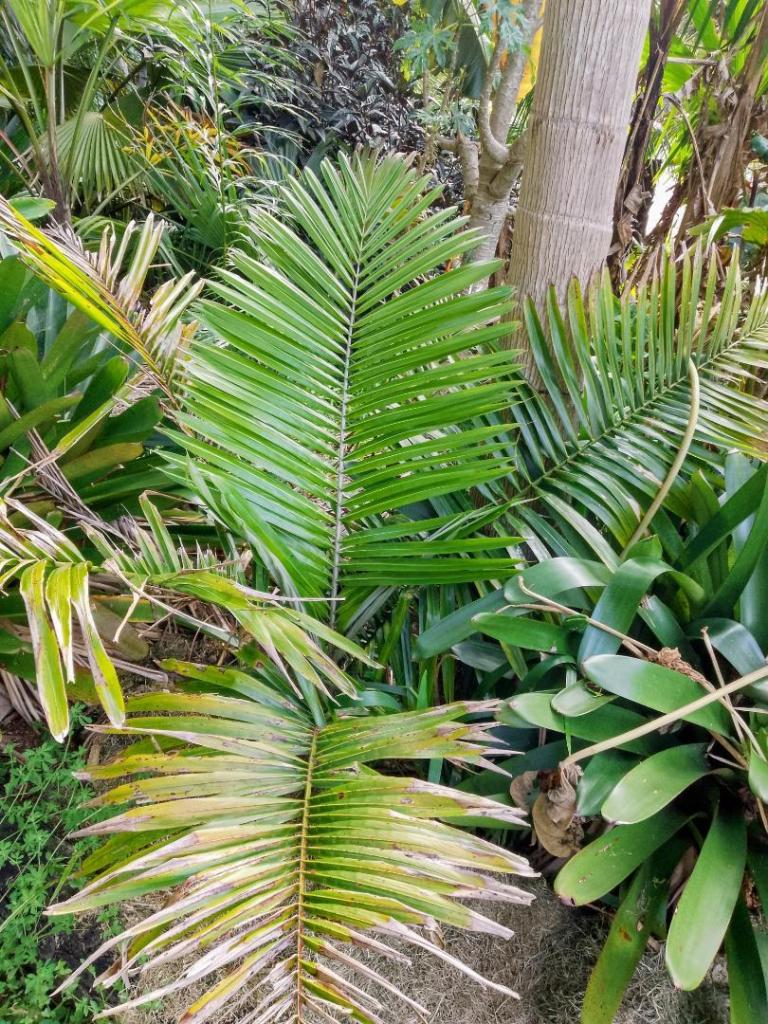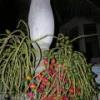Leaderboard
Popular Content
Showing content with the highest reputation since 11/29/2025 in all areas
-
Seems like PalmTalk has been a bit slow lately and since I don’t post that much I figured now is probably a good time to post more. So here are a few photos of some palms in my garden. We just came out of the rainy season so most look pretty good at this time. First up is C lanceolata and S yapa to the right. A group of H lagenicaulis Another group but of H verschaffeltii This Pritchardia beccariana got planted last year and replaced a coco palm that got hit by lightning. You can still see the cut off truck of the lightning victim.26 points
-
Here are 2 Allagoptera arenaria planted in the corner of the house. I finally got them to produce seed which are just starting to germinate. P sargentii also producing a bit of seeds. Serenoa repens which replaced another one that got too big and out of control. C proctorii Pinanga javana. This one is too exposed to the sea breeze but is hanging in there. Carpoxylon macrospermum. This one has grown well in this climate.22 points
-
20 points
-
16 points
-
15 points
-
A few more photos of my palms. The first is Coccothrinax crinita sp. brevicinis Dictyosperma album Ravenea hildebrandii in the middle of a few Encephalartos Here’s an unknown Dypsis with a Wodyetia and A alexandrae in the back ground Arenga hookeriana clump. It’s hard to keep these looking good here. A clump of Hydriastele rostrata (?) The moon raising over C. decaryi. I just noticed the new fronds look bad. Not sure what’s going on but hopefully it recovers. I’ve already lost 2 of these. Moquitos are coming out. I’ll continue posting a few more photos in the morning.14 points
-
Moving on to some Licualas. Most I’ve lost the names to but this one is L spinosa. Unknown Licuala. I just noticed it has some ripe seeds I need to plant. Another unknown Licuala This one is seriously overcrowded by a Heleconia. Unknown Licuala This one probably gets too much sun. That’s it for now. I’ll see if I can post a few more palm photos this afternoon. Thanks for looking!14 points
-
Its been a while since I've posted anything, and figured I'd step it up and document the life of a copernicia fallaensis in my front yard. Here's when I first got it. It was all alone and looking for a forever home. Grown by Josh Allen at his Vista nursery, it was ready to move out and make a life of its own. Hitchhiked it's way to my house in Fresno back in May. Life's been good to it so far. A good, deep, sandy loam (some 80% sand), a warm climate (many days above 100F) and plenty of water. Some cool, though spiky, neighbors as well. No tantrums yet, though we've been enveloped in a thick fog for the better part of 2 weeks. Seems to not mind the chill.13 points
-
13 points
-
I am very, very thankful that my Tahina #1 is still alive. This photo is how it looked 12/29/2022. All those leaves browned seemingly overnight. They were cut off and the palm was treated with an anti-fungal. For a long time it sat with a single leaf slowly decaying, and I was sure it was dead. That left a small hole in my heart. But experience has taught me to be patient. I refused to cut down the palm. Perhaps 18 months later, the tip of a spear appeared emerging from the center of the palm! By June of 2024 there was a strong, fat spear undeniably gaining height, but reluctant to open. I marked the spear and occasionally measured the progress. Slow at first, then gaining speed during rainy periods. Even as recently as March 2025, the new spear was only partially open, but now at last, the new leaf has spread, gathering sunlight, feeding the palm. It is still a sad sight, but it's alive! Well worth celebrating, and I am very thankful.13 points
-
That’s kind of a tough question being that I appreciate all the palms in the garden. My Chrysalidocarpus decipiens would at the top of the list being that it’s taken nearly twenty years to get to where it is today. The other species that is special to me is not because it’s rare. It’s because the groves of them I gave created massive canopy in just a few years and remain an integral part of the garden. That would be Archontophoenix cunninghamiana and ‘Illawara.’12 points
-
11 points
-
11 points
-
Sitting in my home office yesterday in the middle of one of those Eternal Zoom Conferences when I hear this sudden crash thud and see a shadow across my nearby window. it turned out to be an abscised leaf from my watermelon hookeri. Okay, not big like a royal but still big. Maybe you have palms and/or parts of same with unexpectedly large size?10 points
-
10 points
-
10 points
-
10 points
-
9 points
-
9 points
-
I have some nice, blue Sabal uresana available for shipping within the US. They are in liners and busting out of the bottom. I have 10 available - some have multiple plants in them and you could separate them if you wish, but i would prefer to ship these potted to avoid bare-rooting at this time of year. $20 each for these + shipping from Fresno. Cheers! 🤙🏽9 points
-
A nice little order from RPS. After somewhat of customs debacle arriving a bit later than normal. The details of the holdup are to long to put in words but let’s say phone calls and emails many of which later where the order of the 6 week delay. Not good customs Australia! With the Australian government boosting funding for our bio security control they need to get there money back from the importers and the new paperwork (emails) logistics and changes in protocol are taking there toll on importers. Many are not bothering anymore to import with importers taking big hits in there bank accounts thanks to the government.9 points
-
This Aiphanes aculeata came from seeds I gather from Jardim Botânico in Rio de Janeiro. It looked much better there than it does here. Kentiopsis oliviformis. These grow very well here. I got a few of them in the garden. Another one of my favorites C. Pempana Got to go. I’ll post a few more this afternoon. Thanks for looking!9 points
-
9 points
-
9 points
-
8 points
-
Greetings, Attached is my updated price and availability sheet for palms in the Orlando, FL area. 1 - 7 gallon sizes available, all grown from seed here at my backyard nursery. I am located near Wekiwa Springs in Longwood, just north of the city. Please contact me to set up an appointment for pickup. Pickup only at this time. Cash, Card, Zelle, PayPal, Venmo accepted. Let me know if you have any questions or if you want any additional photos. Thanks for your interest! -Alex8 points
-
Pinanga coronata “Kuhlii” Kerriodoxa elegans. I use these to block the view of our power transformer. Some type of Rhapis but I don’t remember which one. Another unknown. Ptychosperma Something? Here’a a Pinanga dicksonii. I got knocked over in a summer storm but seems to be recovering well. Here is another one that hard to capture in photos. Hydriastele microcarpa8 points
-
8 points
-
8 points
-
8 points
-
8 points
-
8 points
-
8 points
-
Saw this in recent news: Decades-old palm trees in Rio de Janeiro flower for the first — and only — time https://www.msn.com/en-us/news/world/decades-old-palm-trees-in-rio-de-janeiro-flower-for-the-first-and-only-time/ar-AA1REF1F7 points
-
7 points
-
7 points
-
I agree completely with Bill's observation about the 'Hedyscepe complex'. They are erratic, even within the same seed lot. I have a slender trunked one that makes excellent, strong seedlings and a thick trunked one with poor seedlings. They are not like Howea or Chamaedorea, where all the seedlings are quite regular. A strong Hedyscepe seedling will have a fully pinnate eophyll with 3 or 4 leaflets on each side of the rachis. Also, they dislike pot culture beyond the 1 or 5 gallon size, this is one reason, (besides the basic slow growth), that large plants are so expensive.7 points
-
7 points
-
Imagine an attractive palm from the tropics that can take quite a bit of cold, down to 0c, very fast growing, very tough, can handle full sun from very age and tolerate a bit of neglect. I am talking about the gorgeous Carpentaria palm. With such impressive looks and fast growth, my big question is why aren't they a popular garden palm in cool sub tropical areas. They are easily propagated but it took me many years to find one. We have a lot of over looked native palms in Australia. Admittedly some are touchy or very slow growing but these do not go under that category. What does everyone think about Carpies and why don't they have one ? Peachy7 points
-
7 points
-
7 points
-
7 points
-
7 points
-
7 points
-
7 points
-
7 points
-
7 points
-
7 points
-
6 points
-
6 points

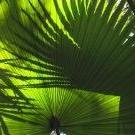
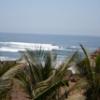

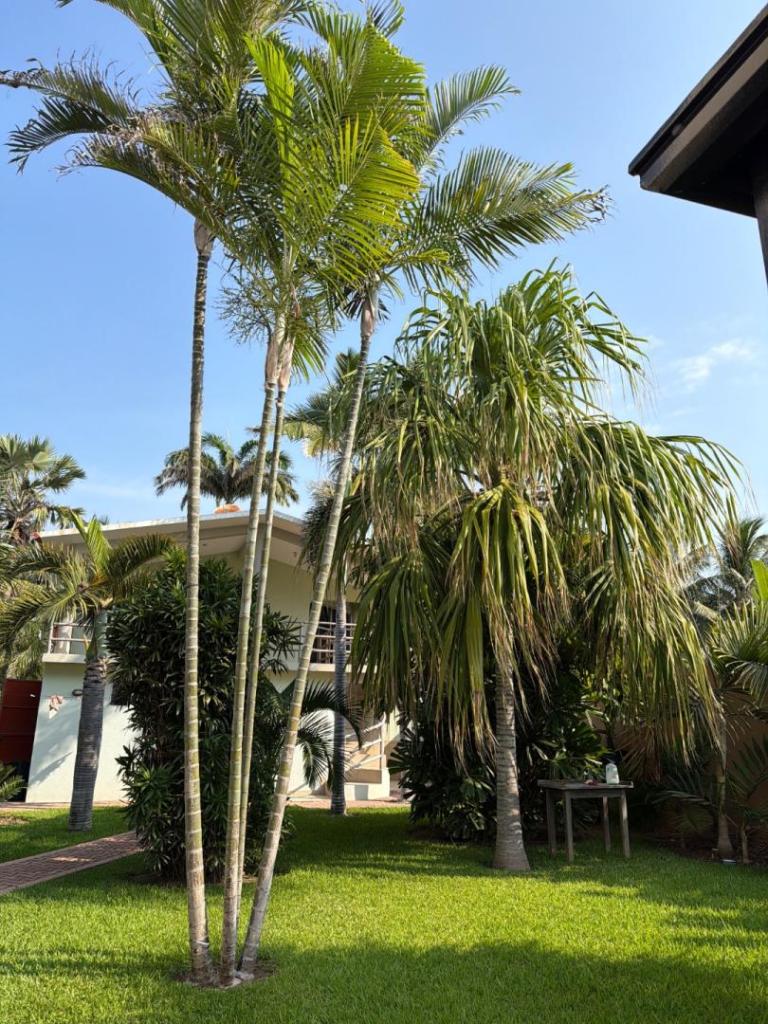





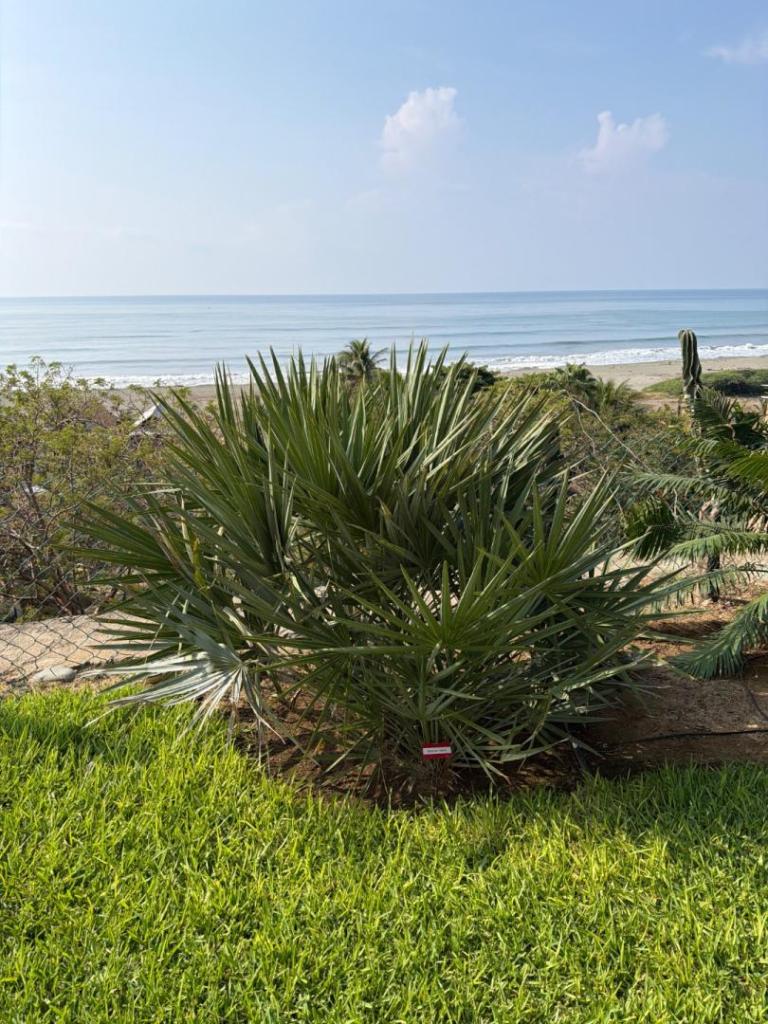
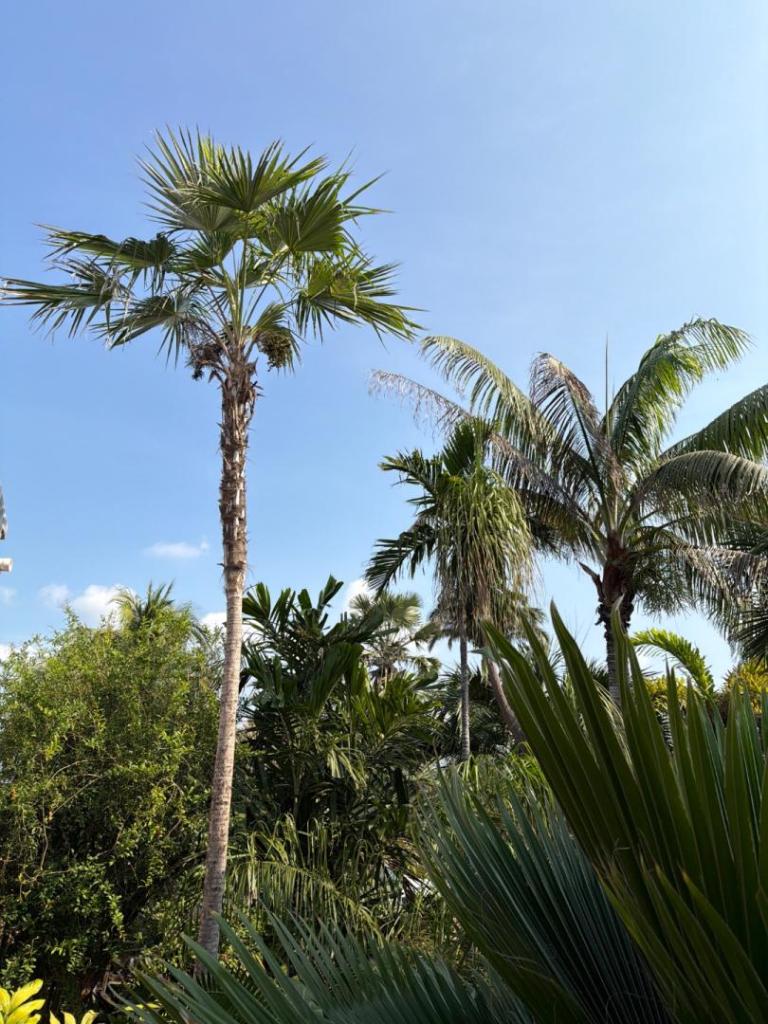






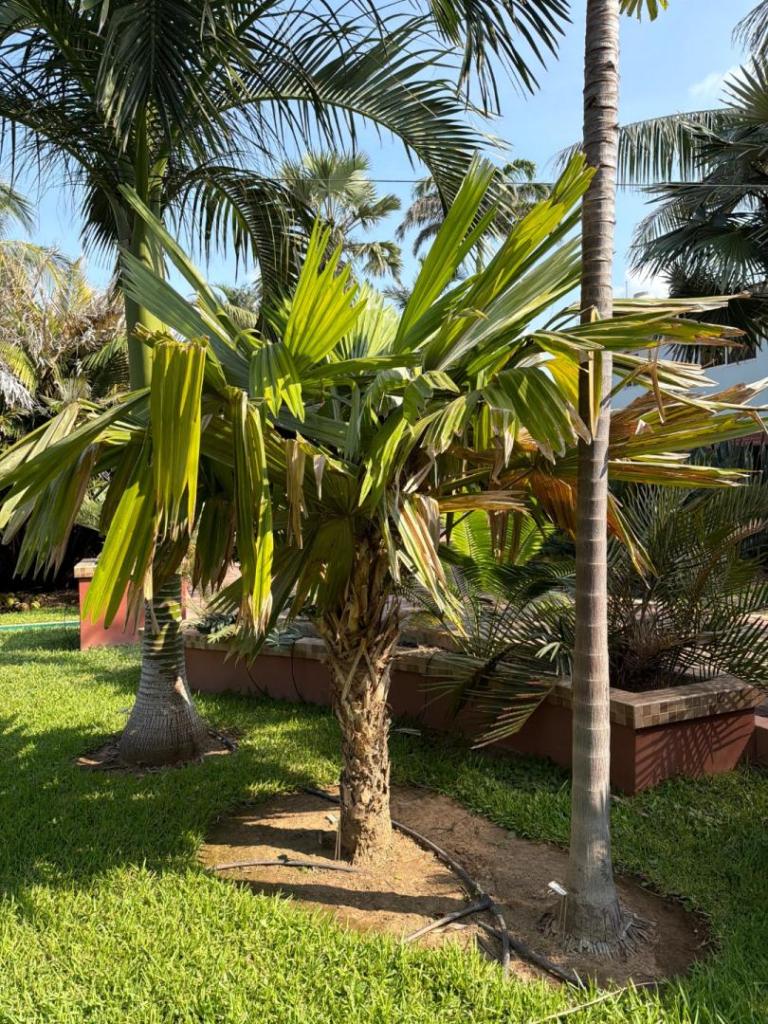
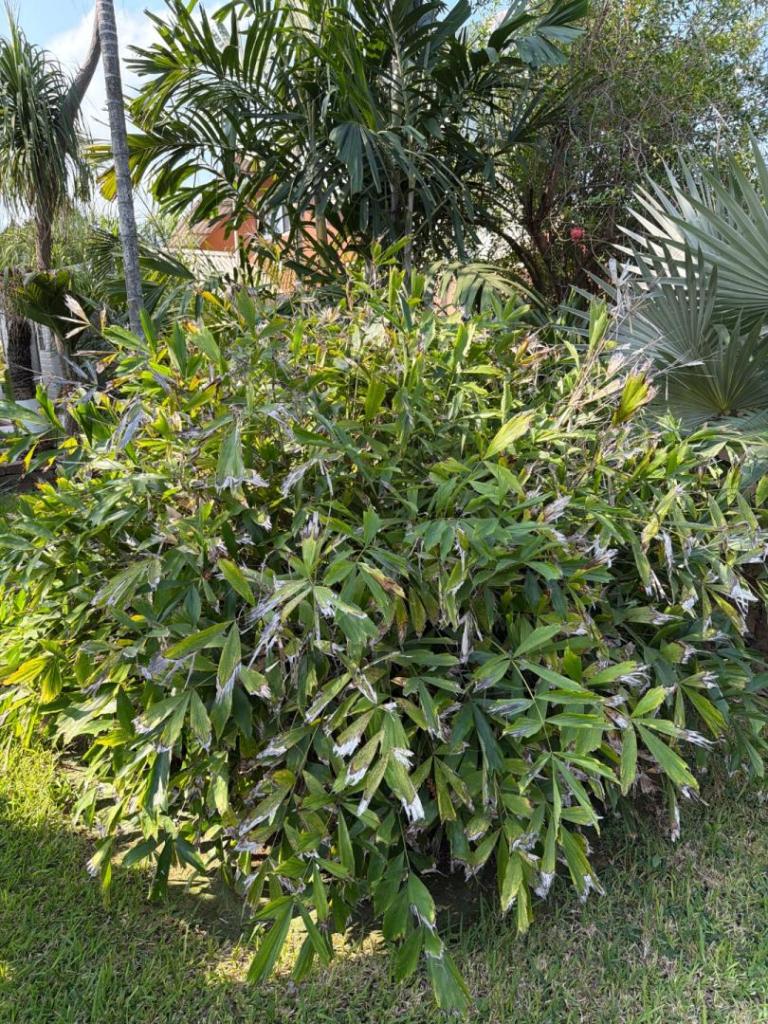







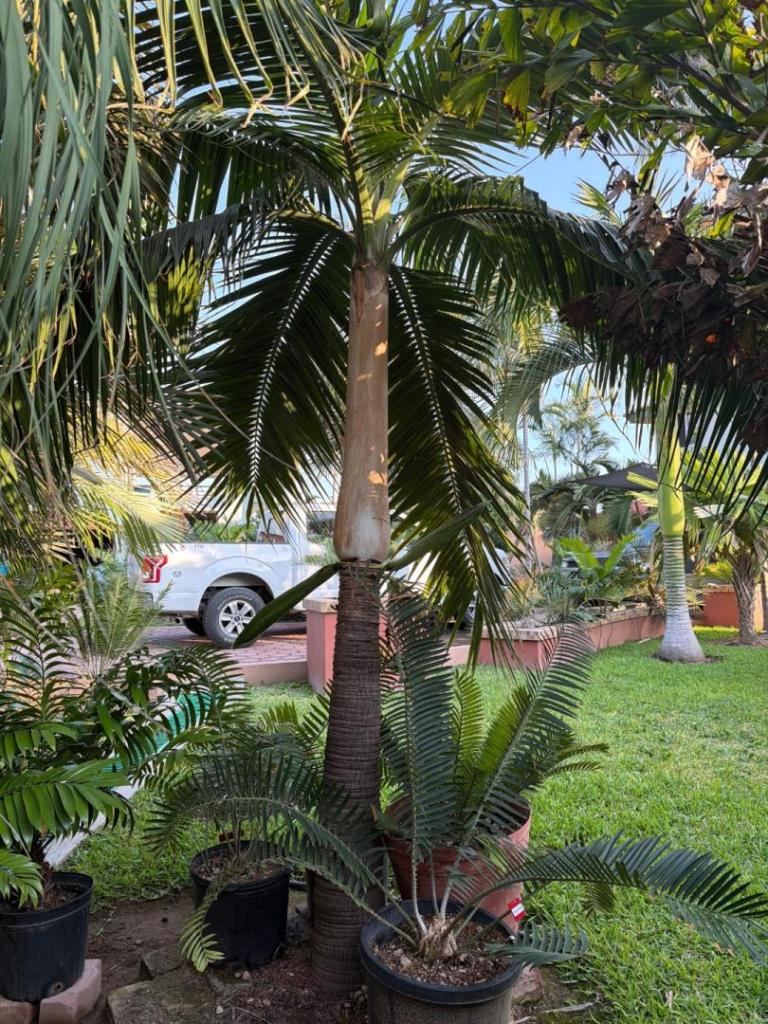
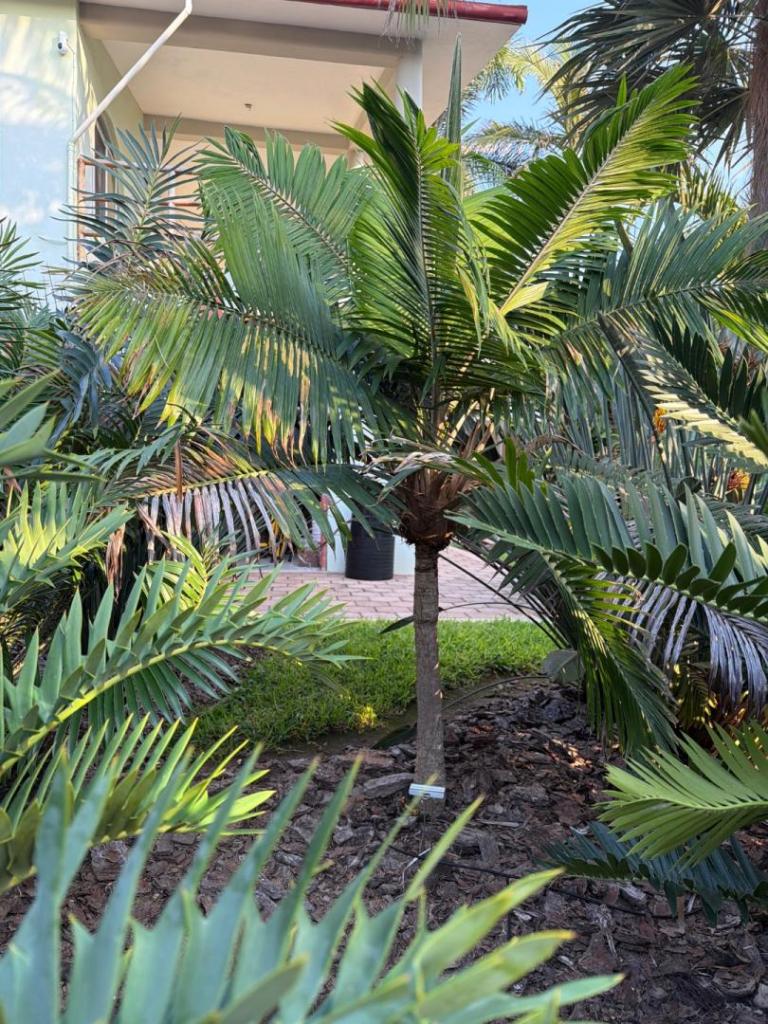
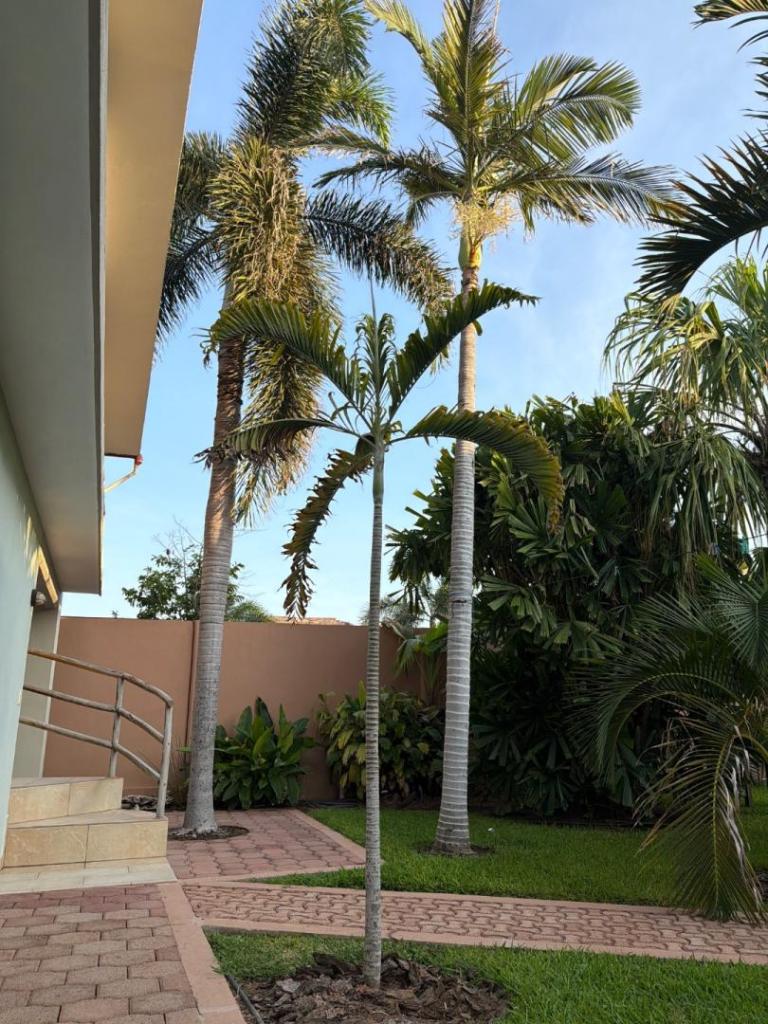
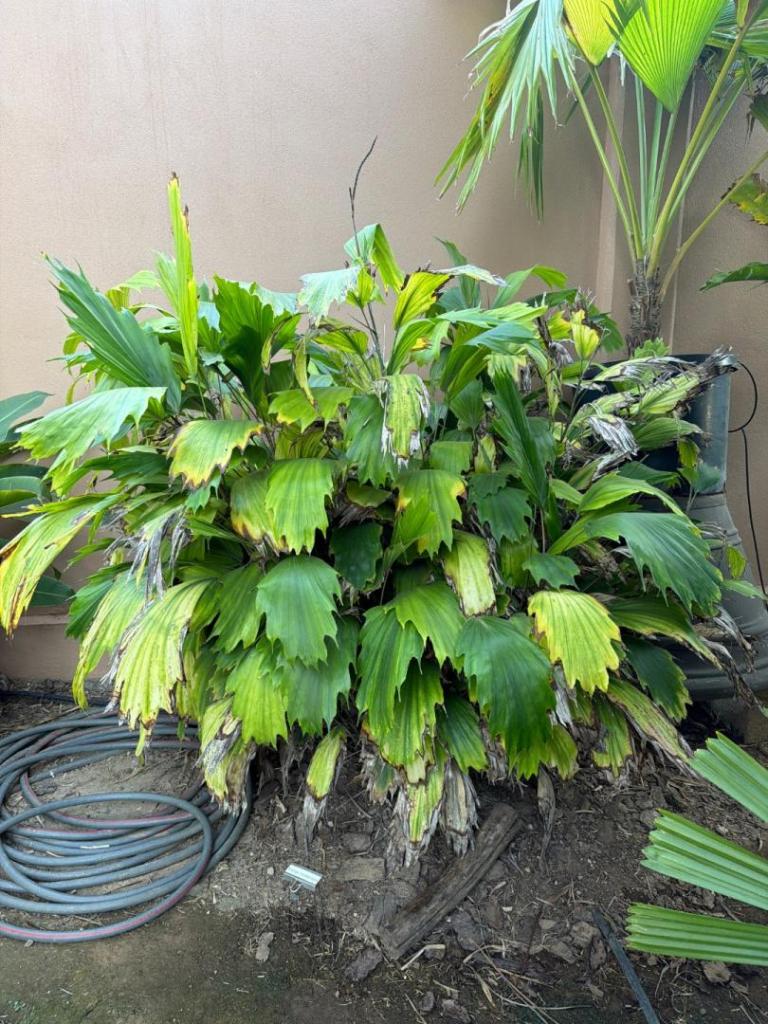
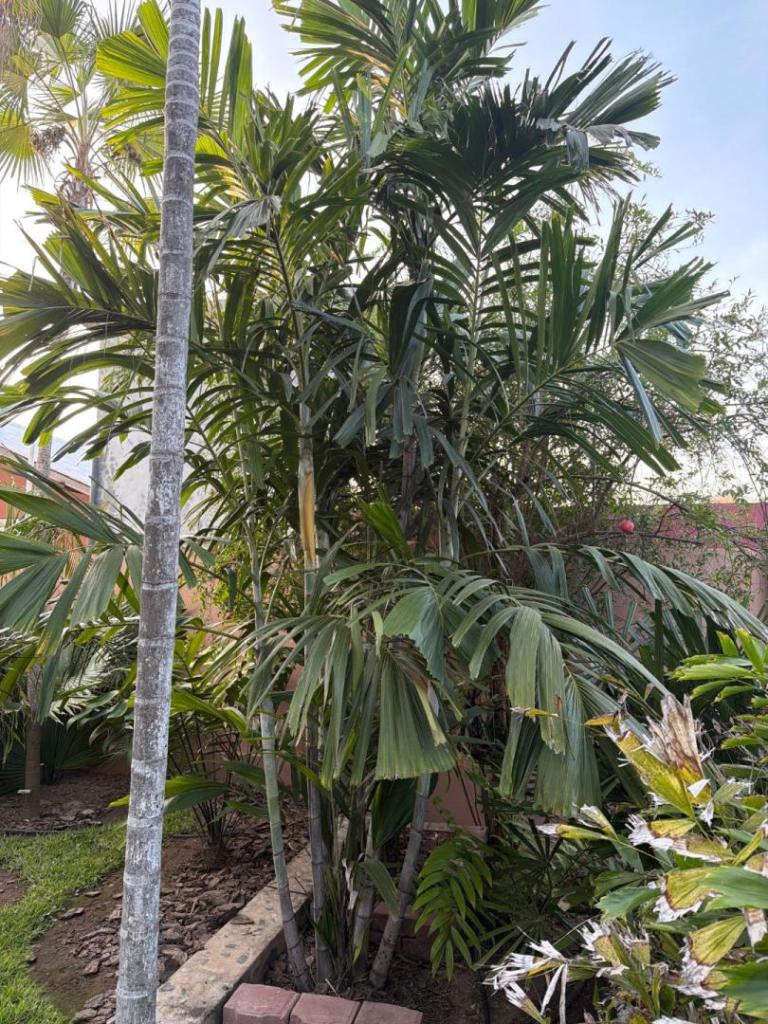
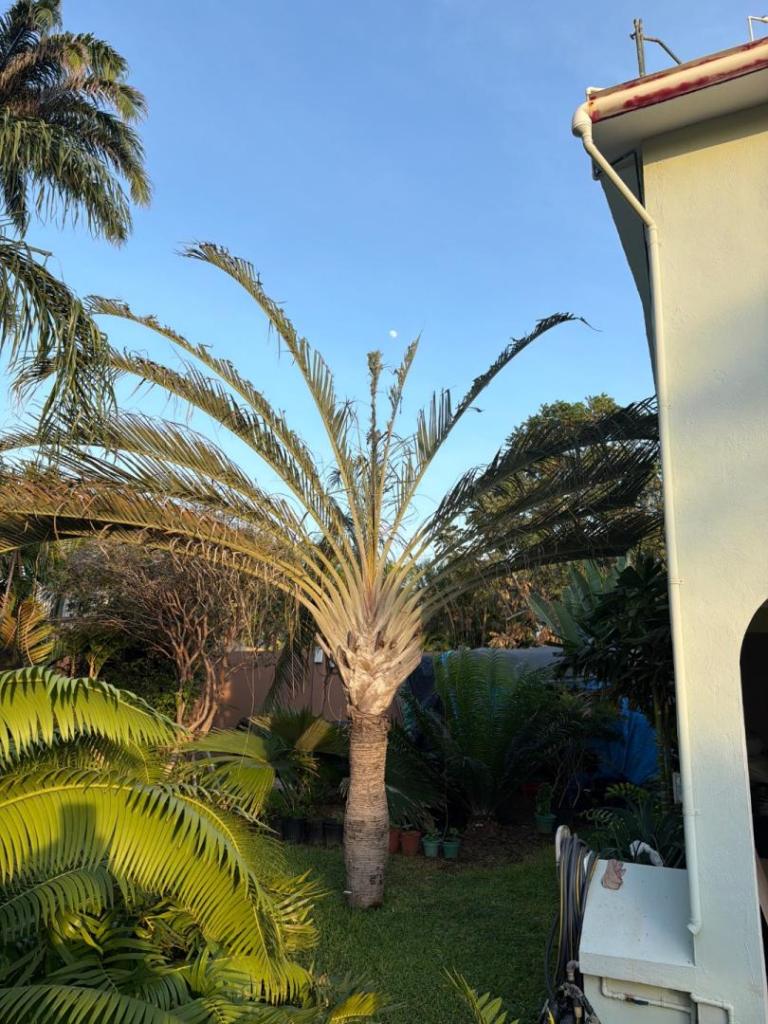
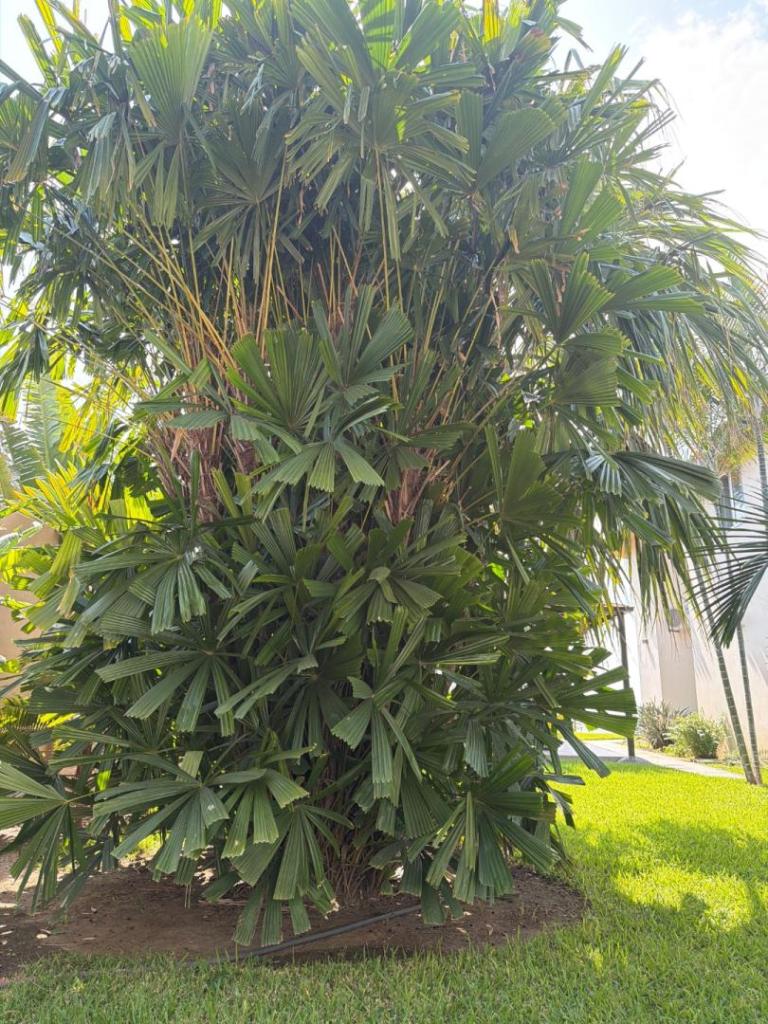

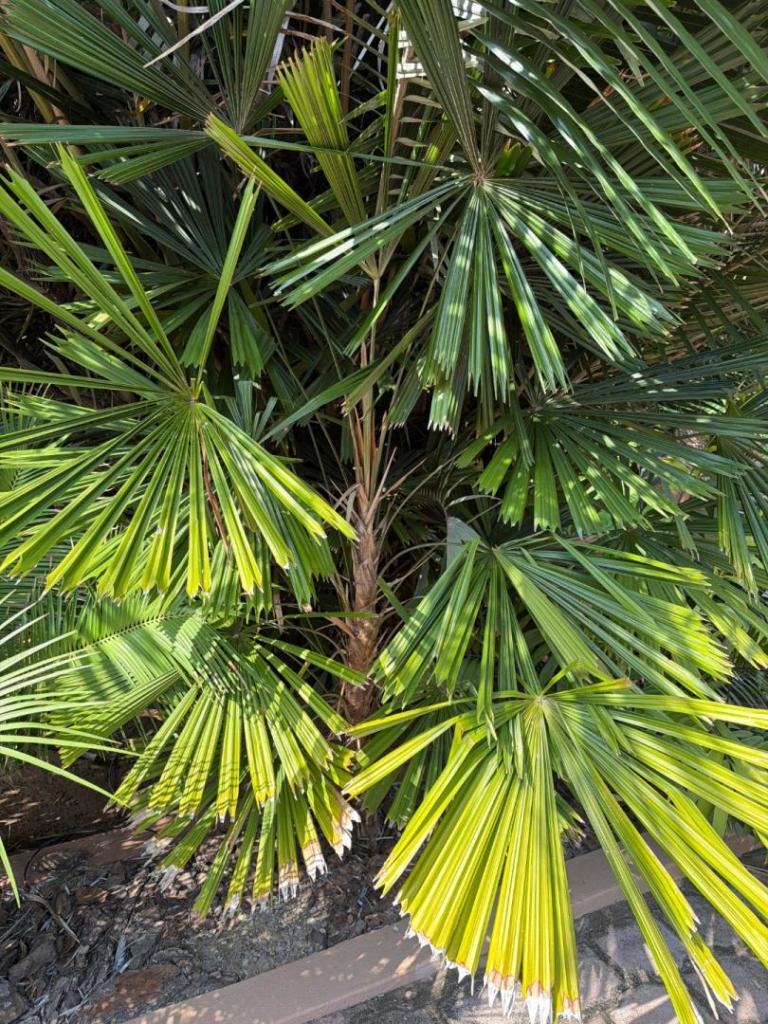
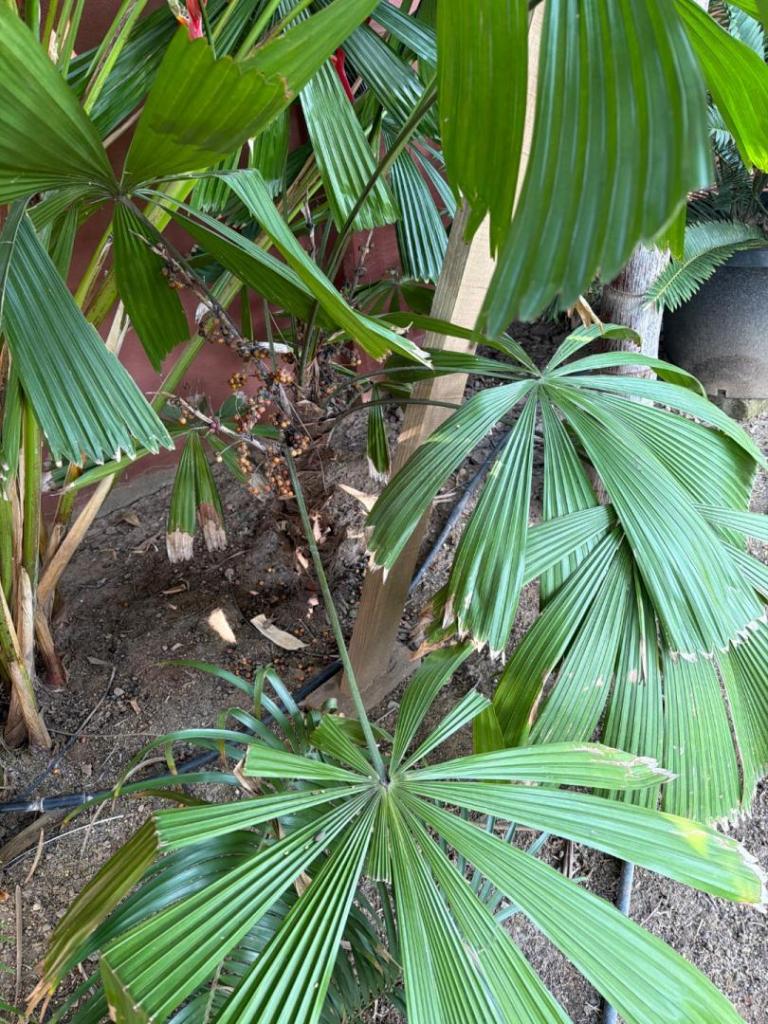

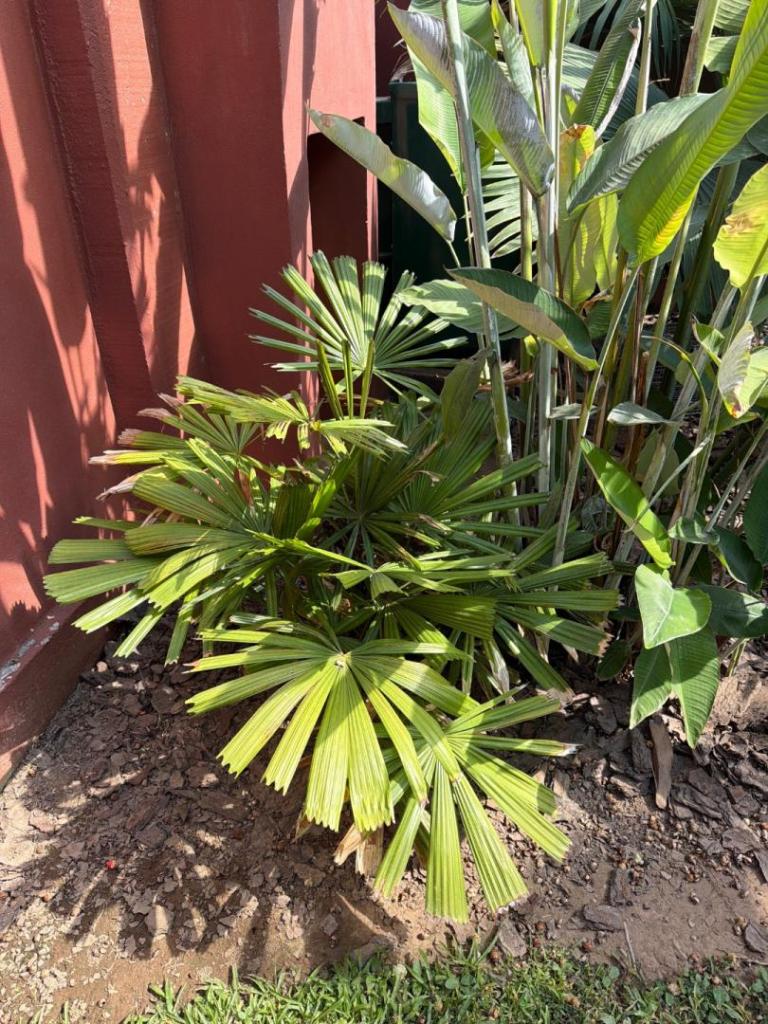
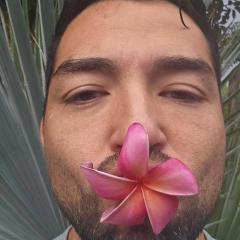
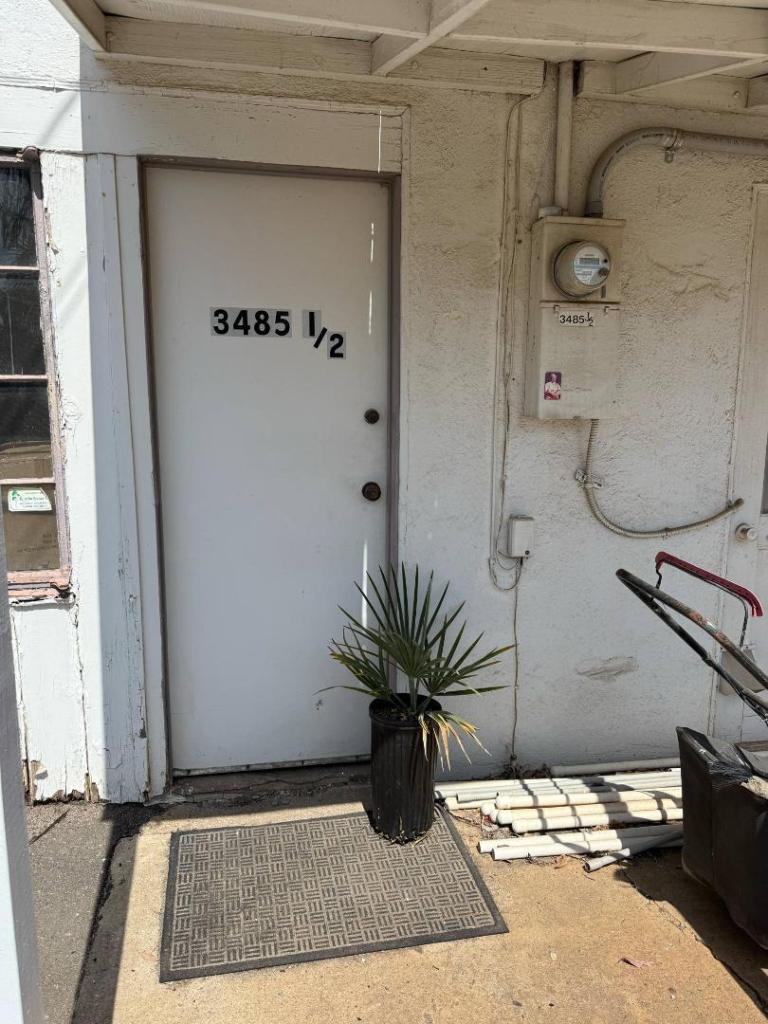
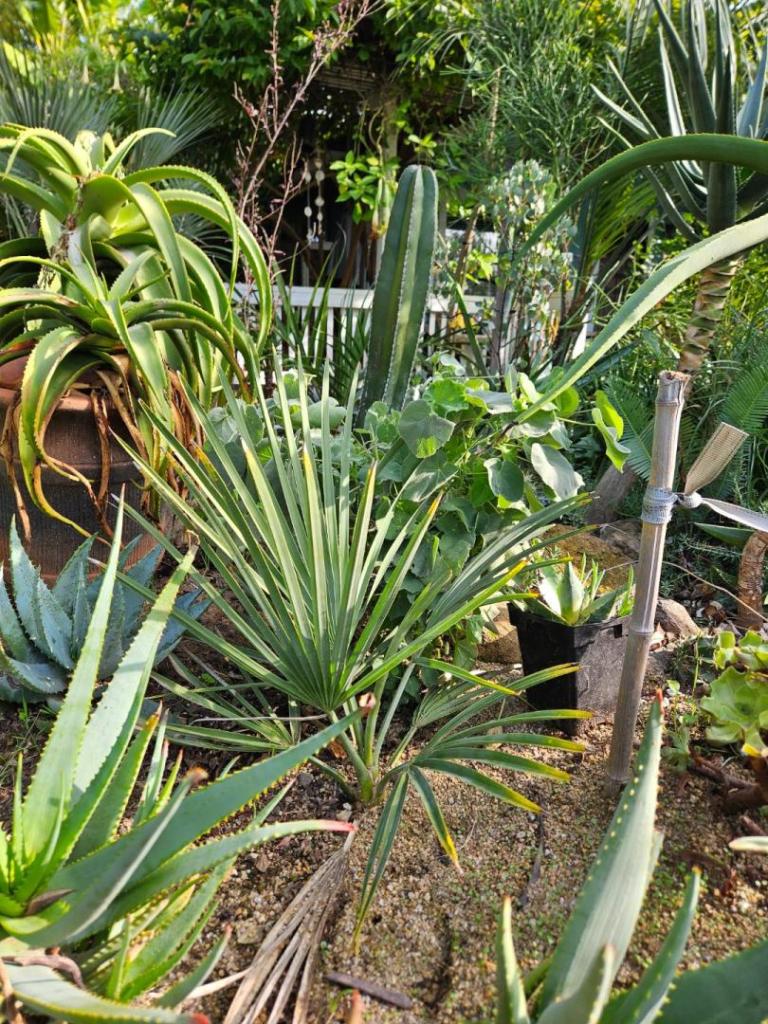
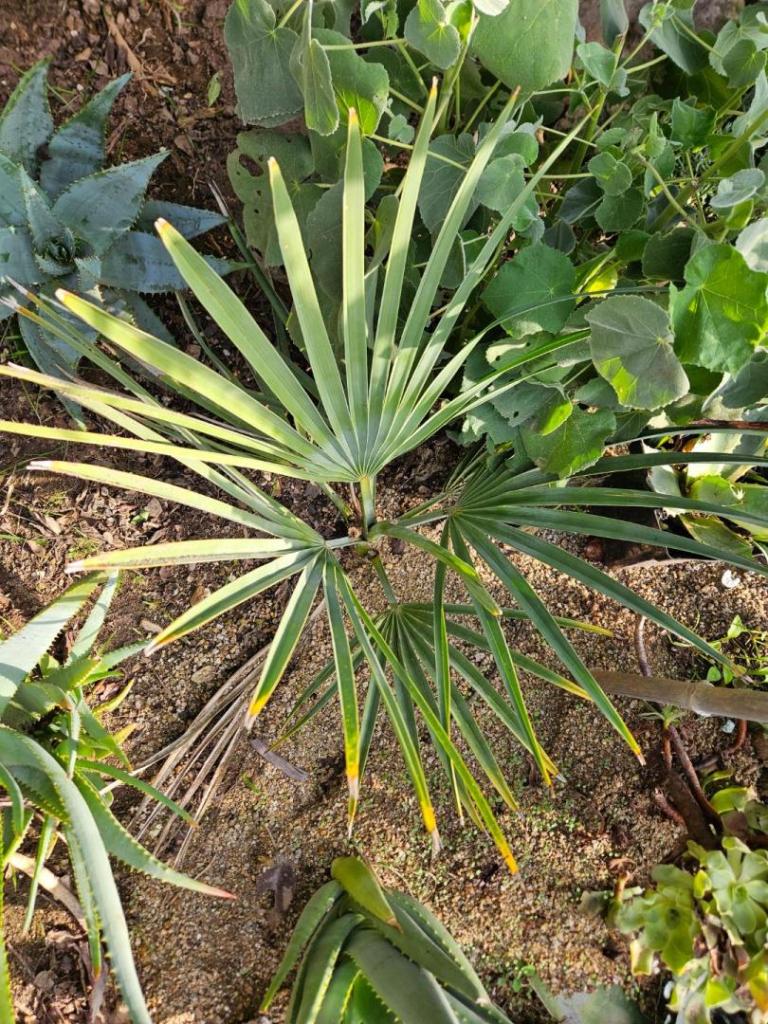

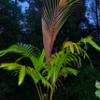
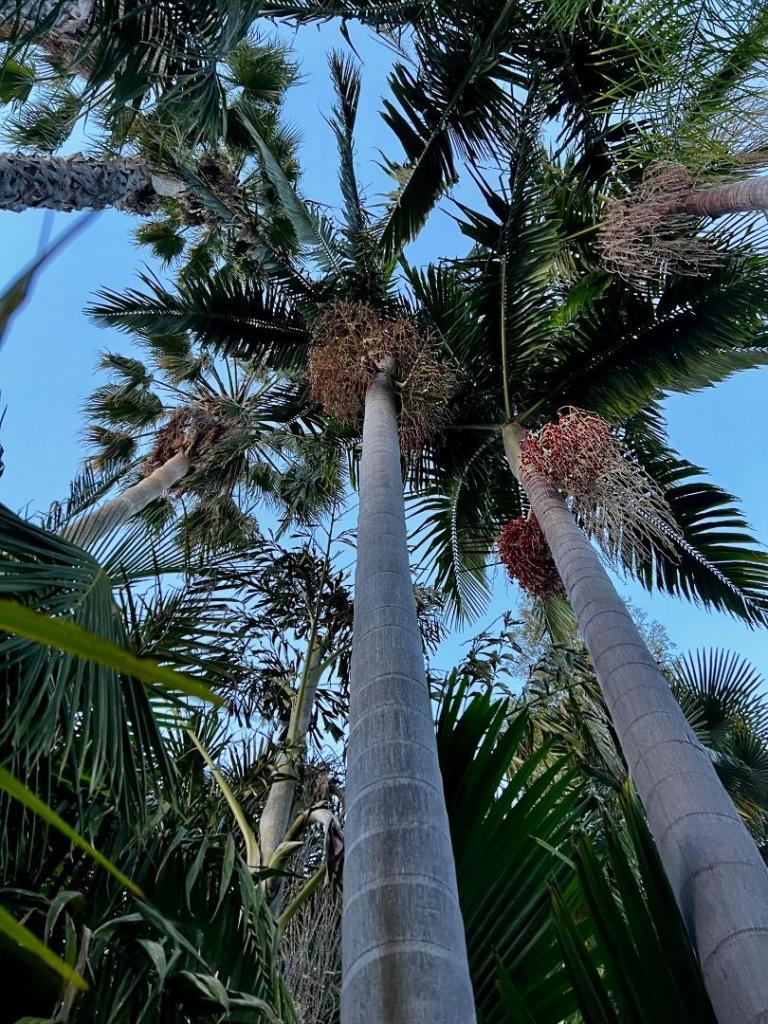
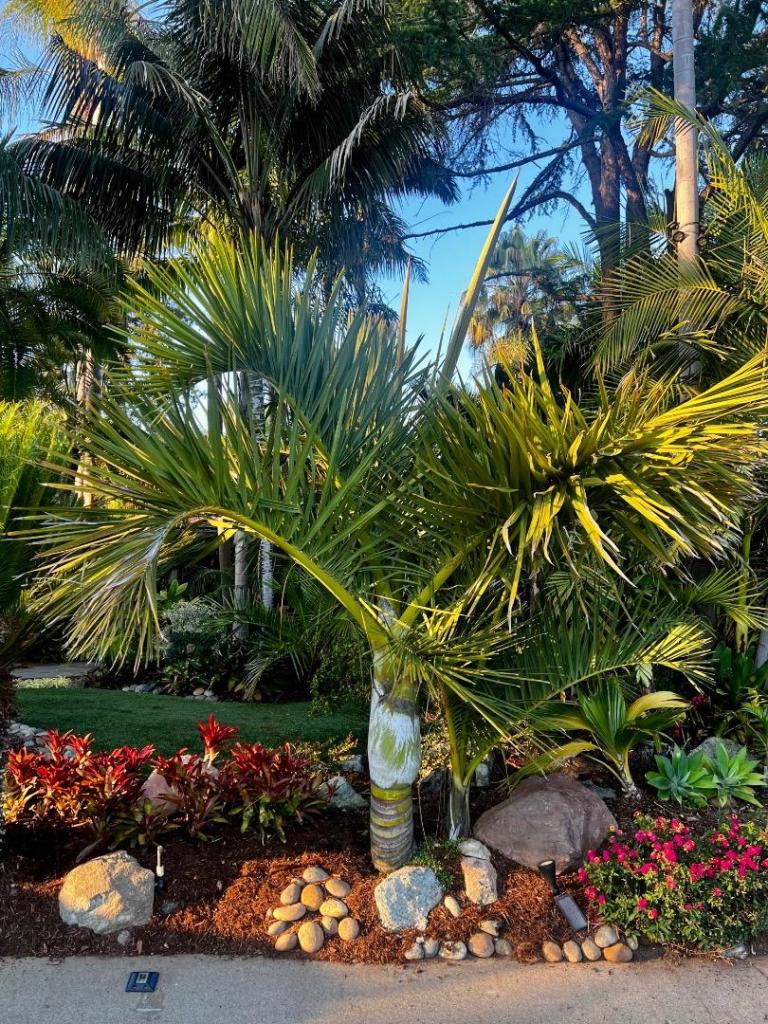
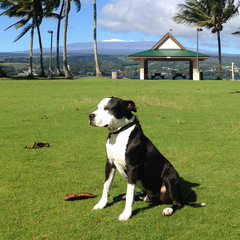



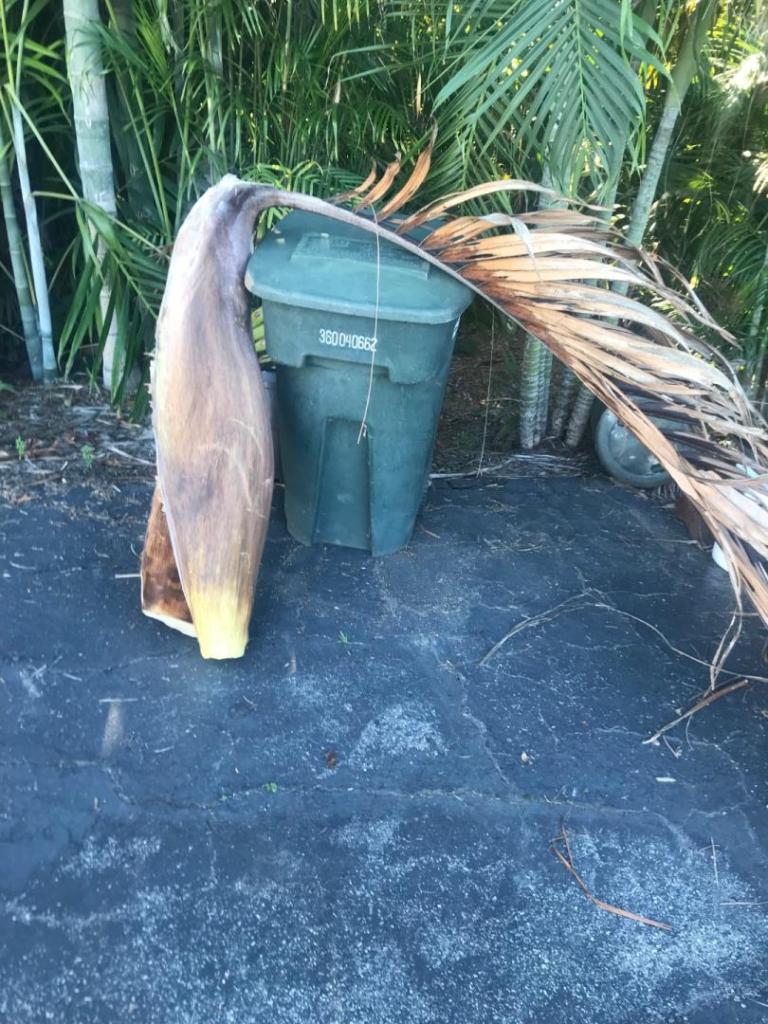

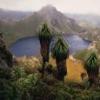
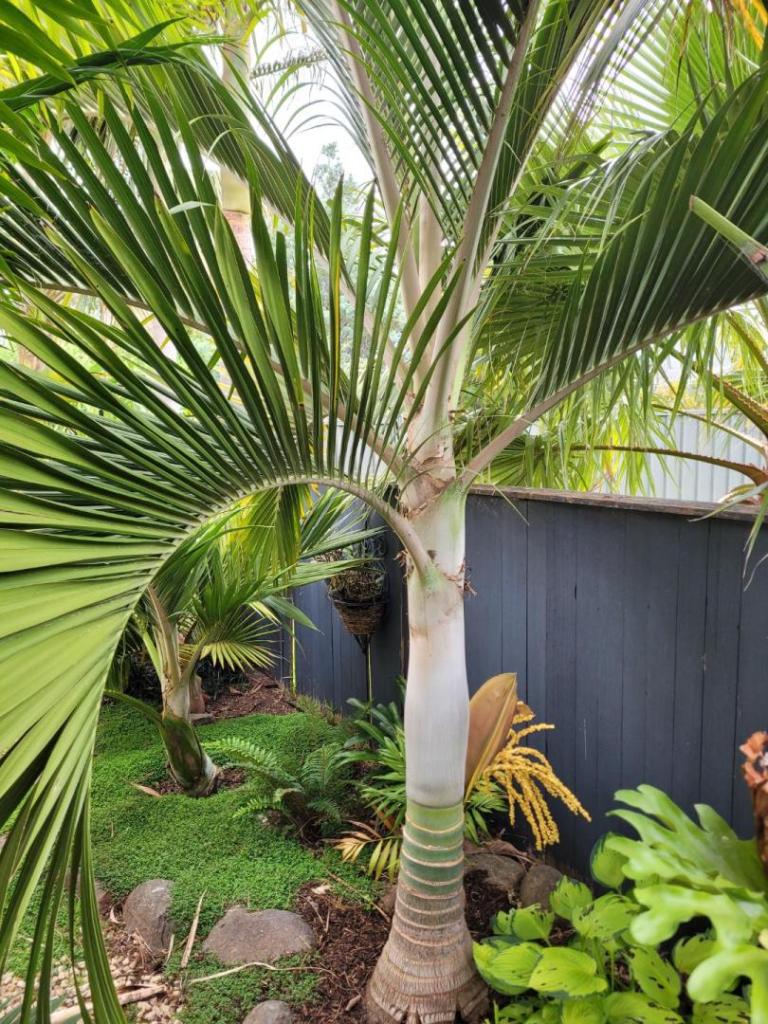
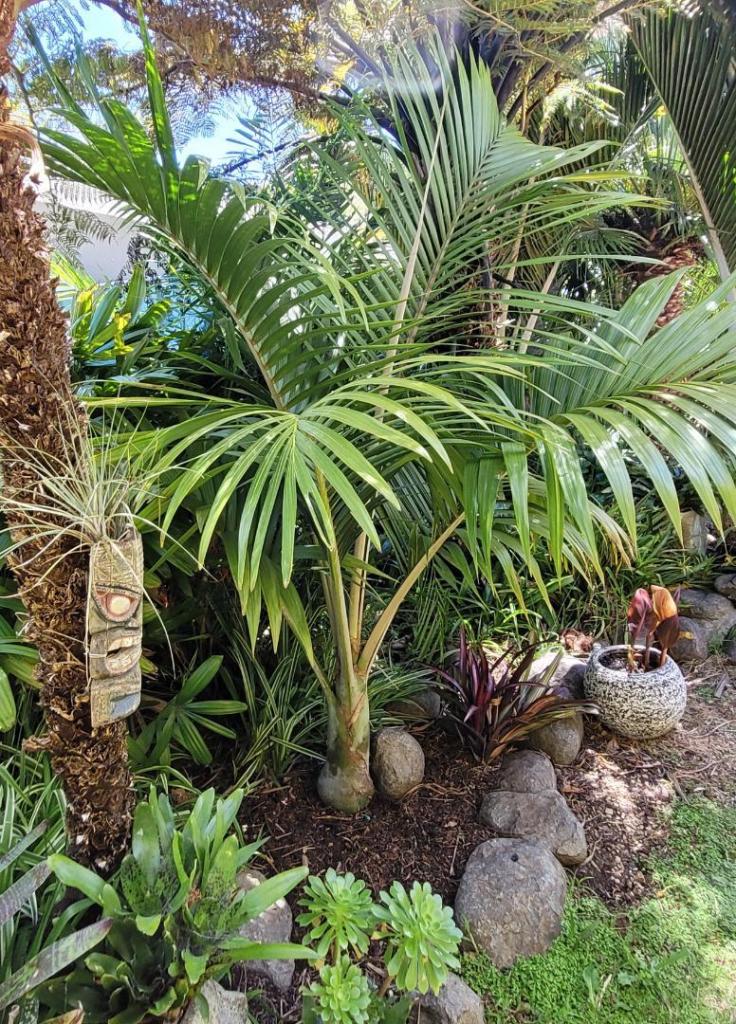
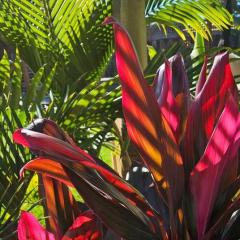
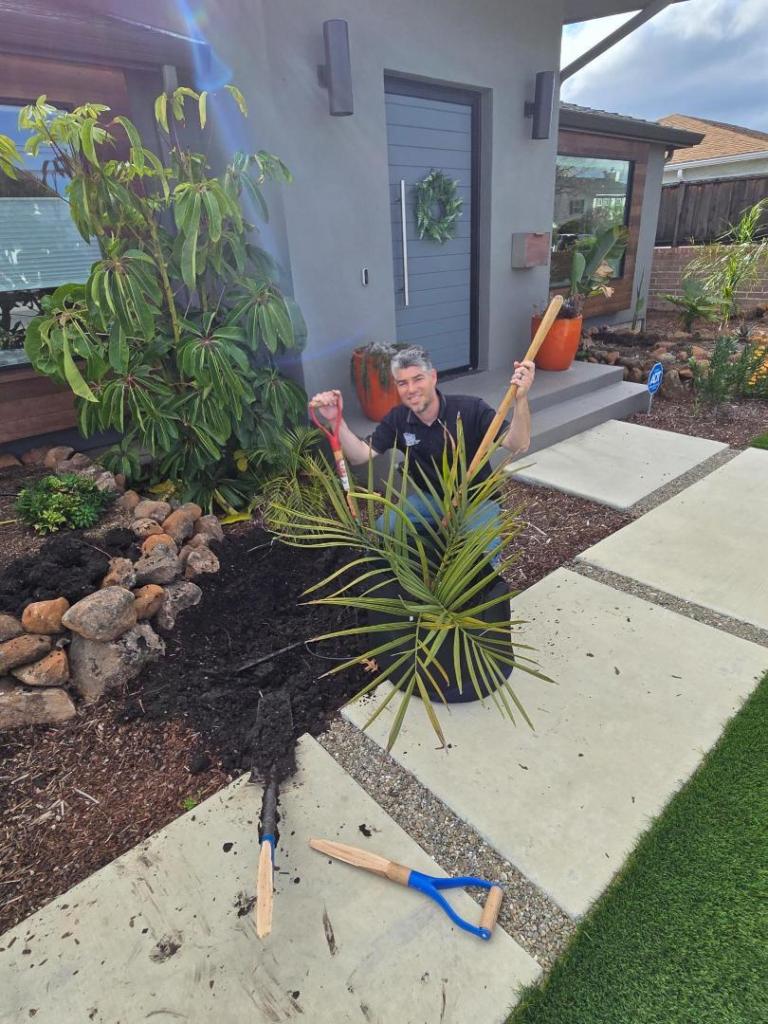
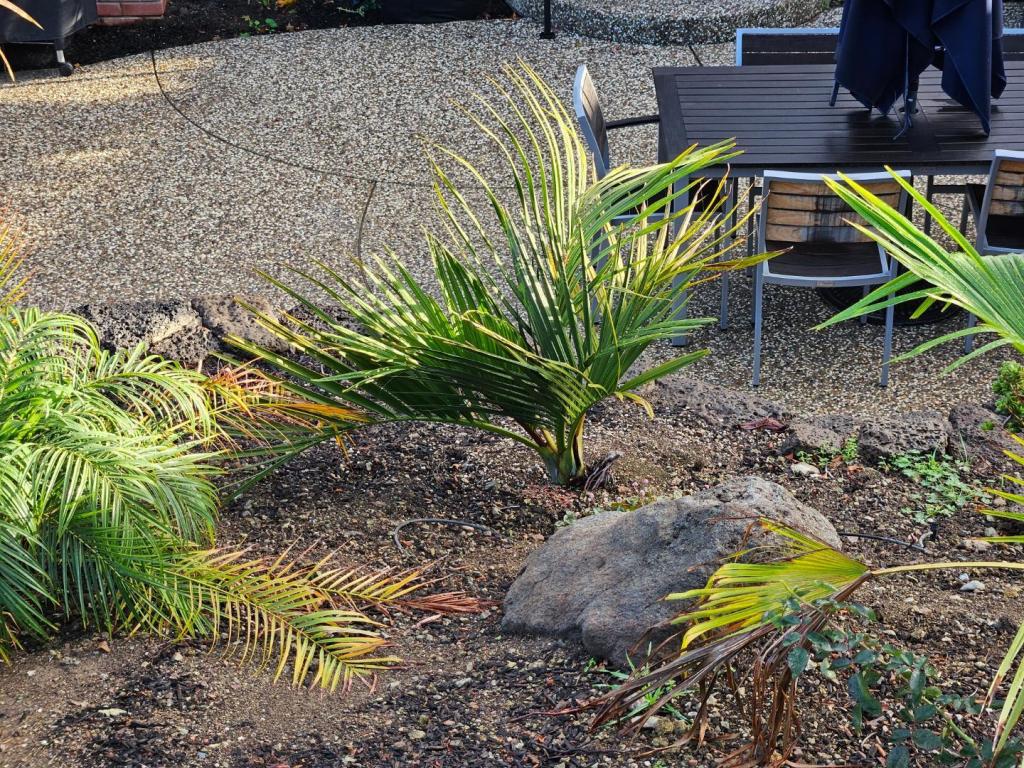

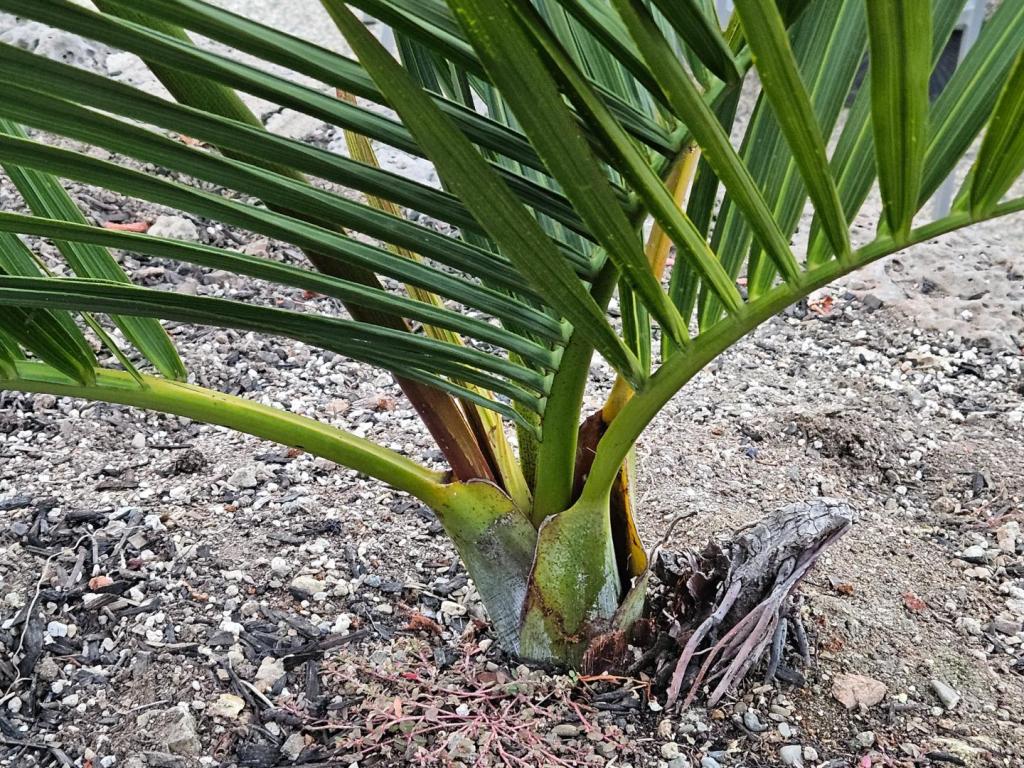
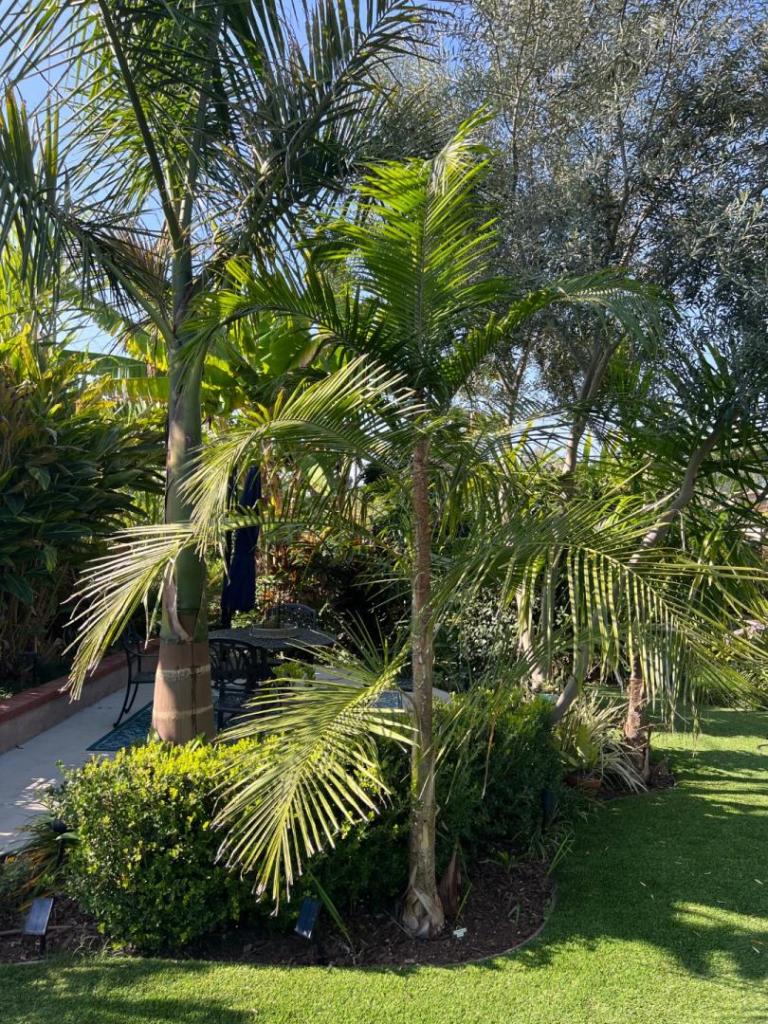
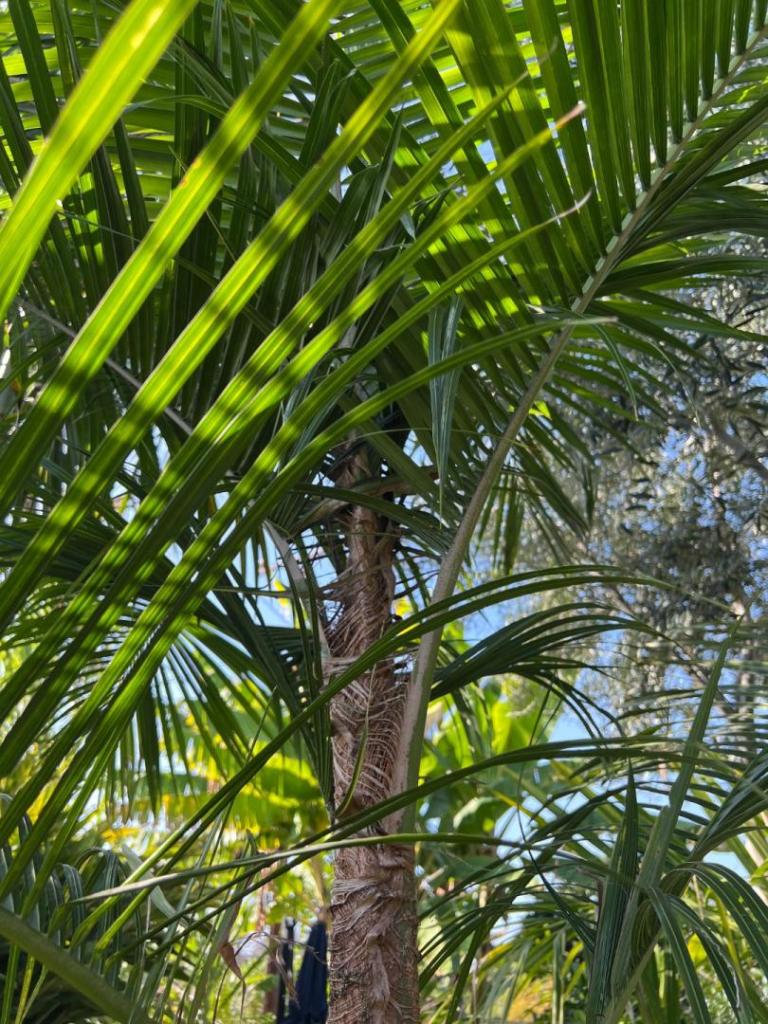



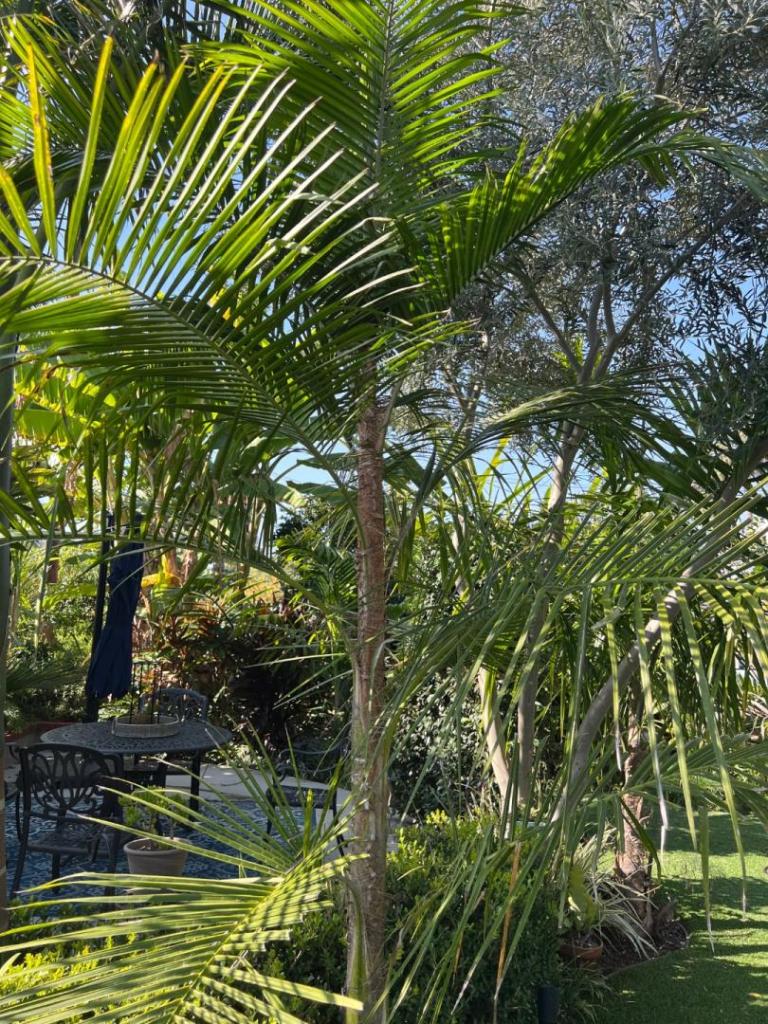




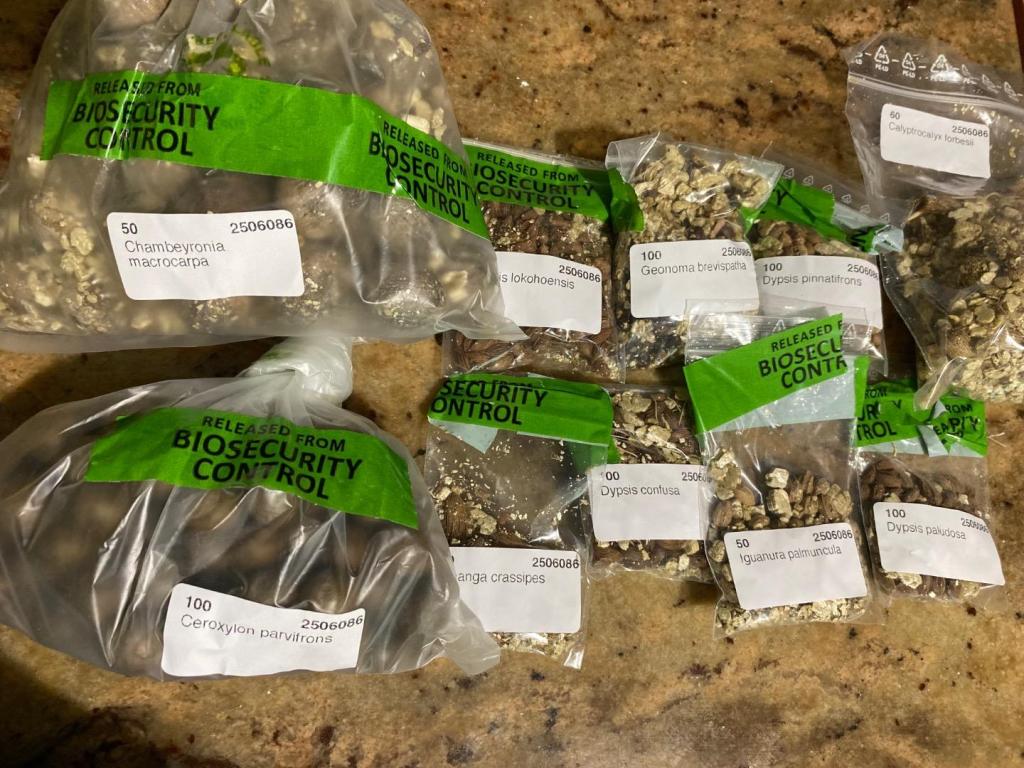
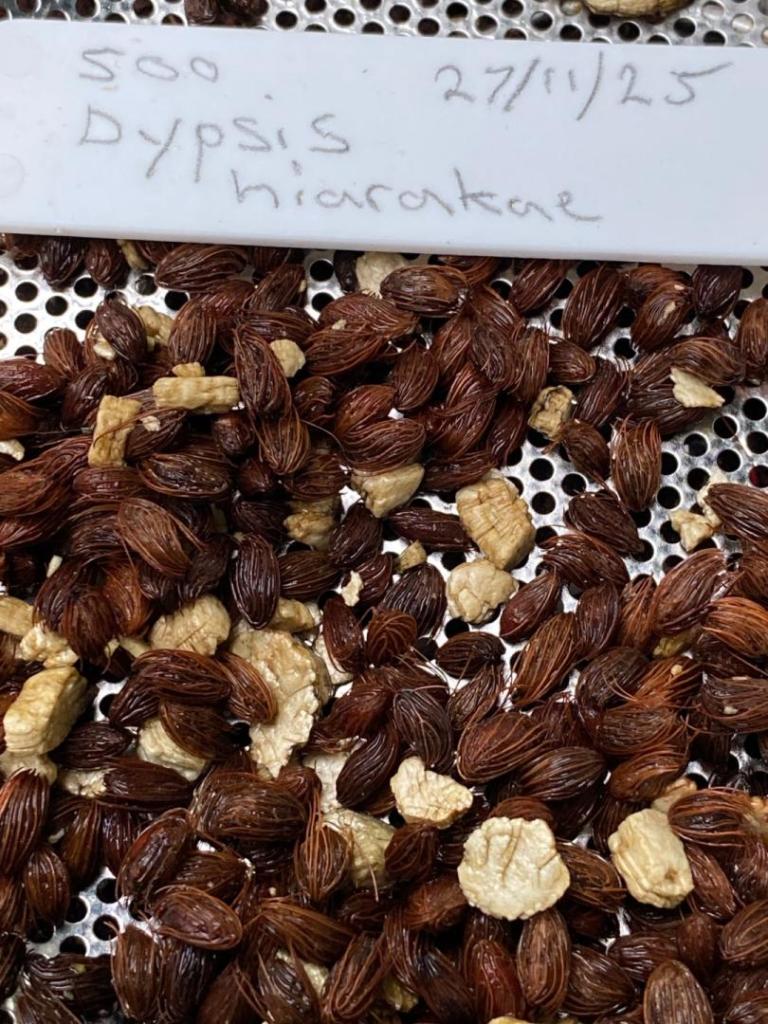
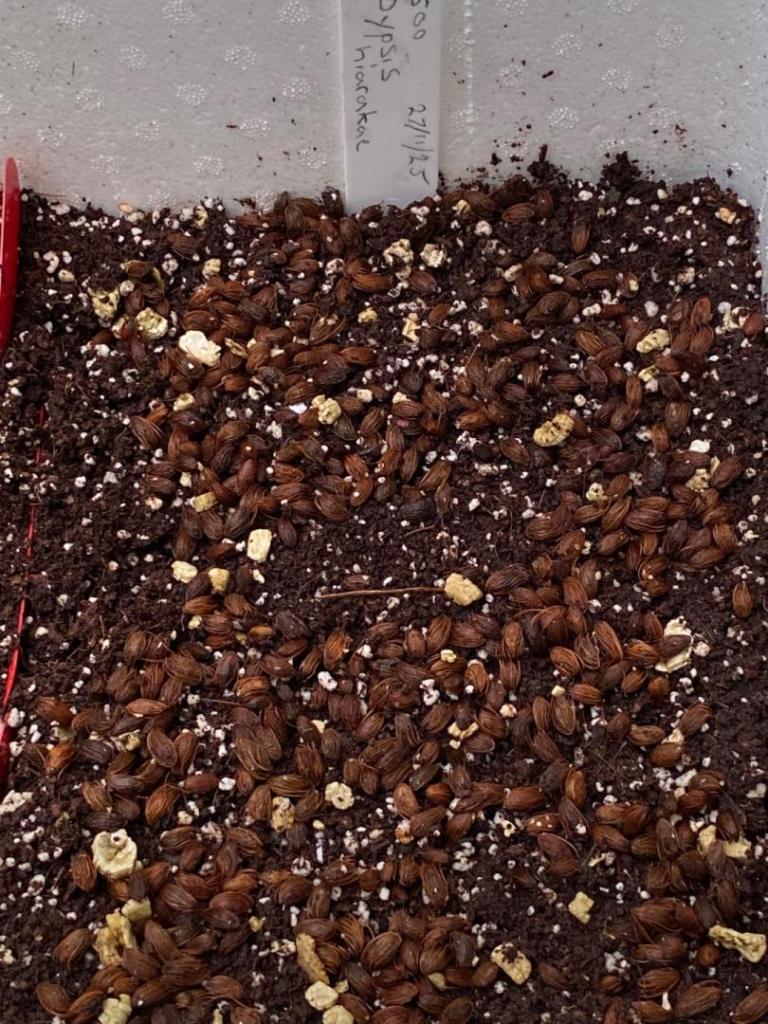
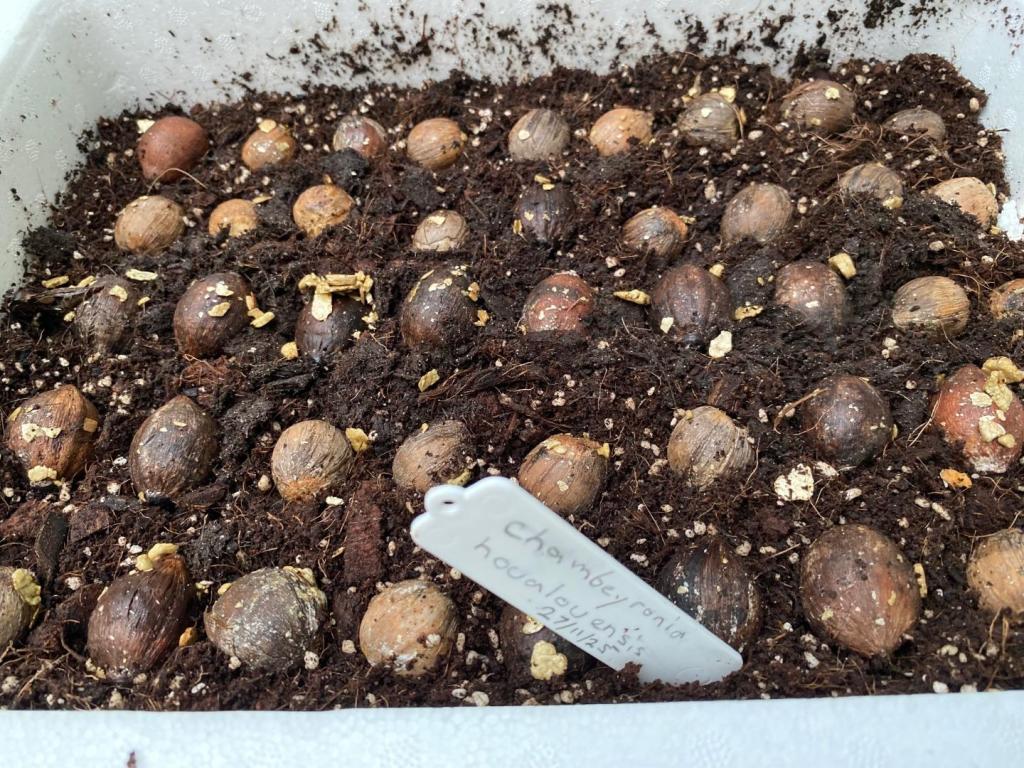
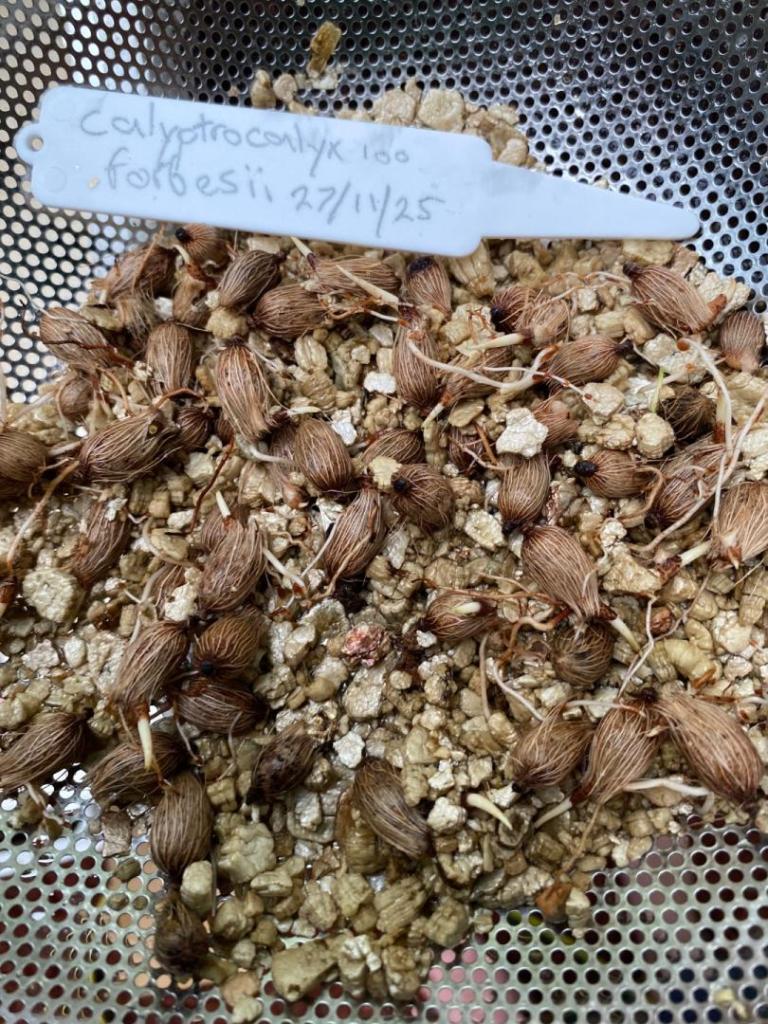
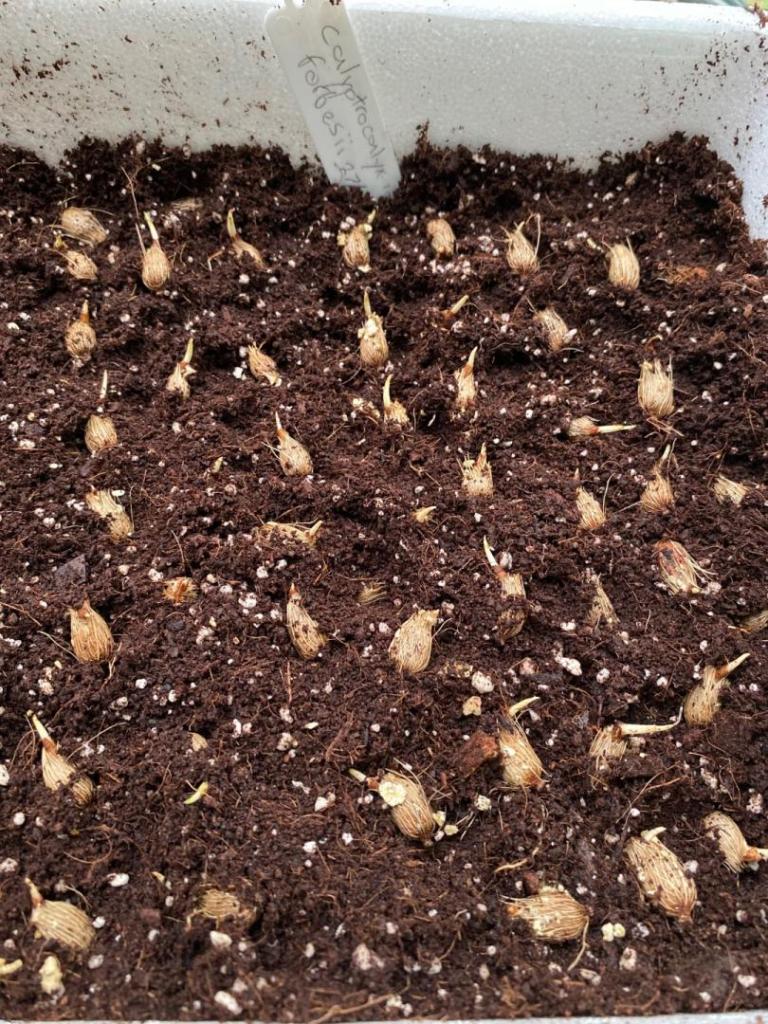
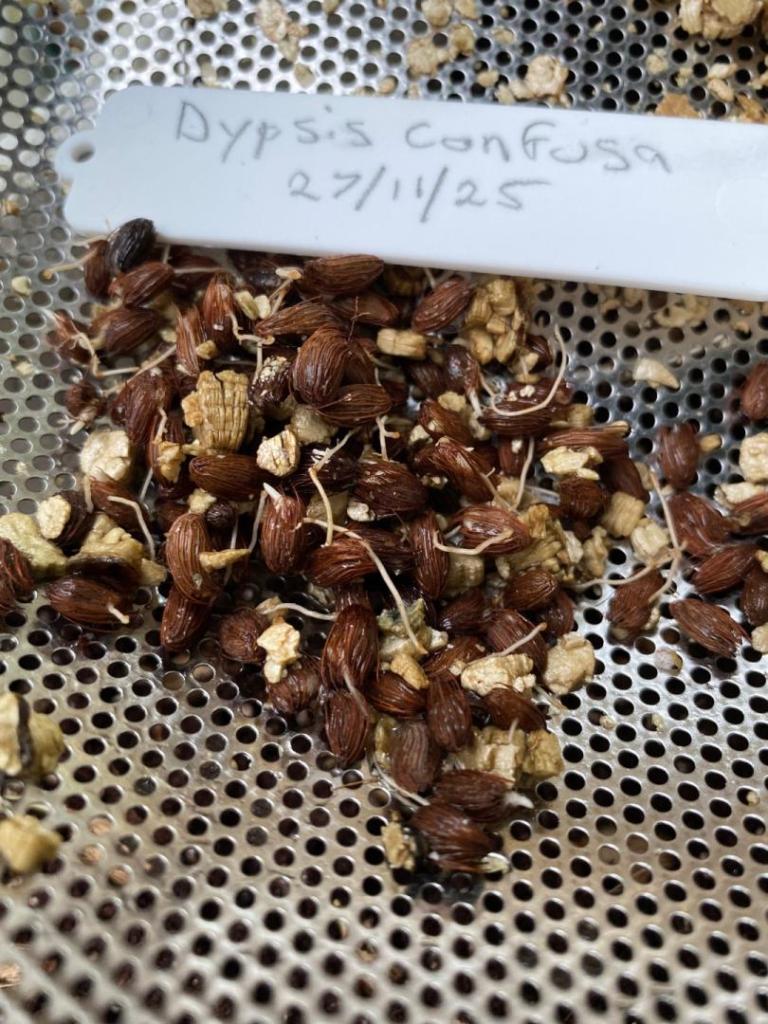
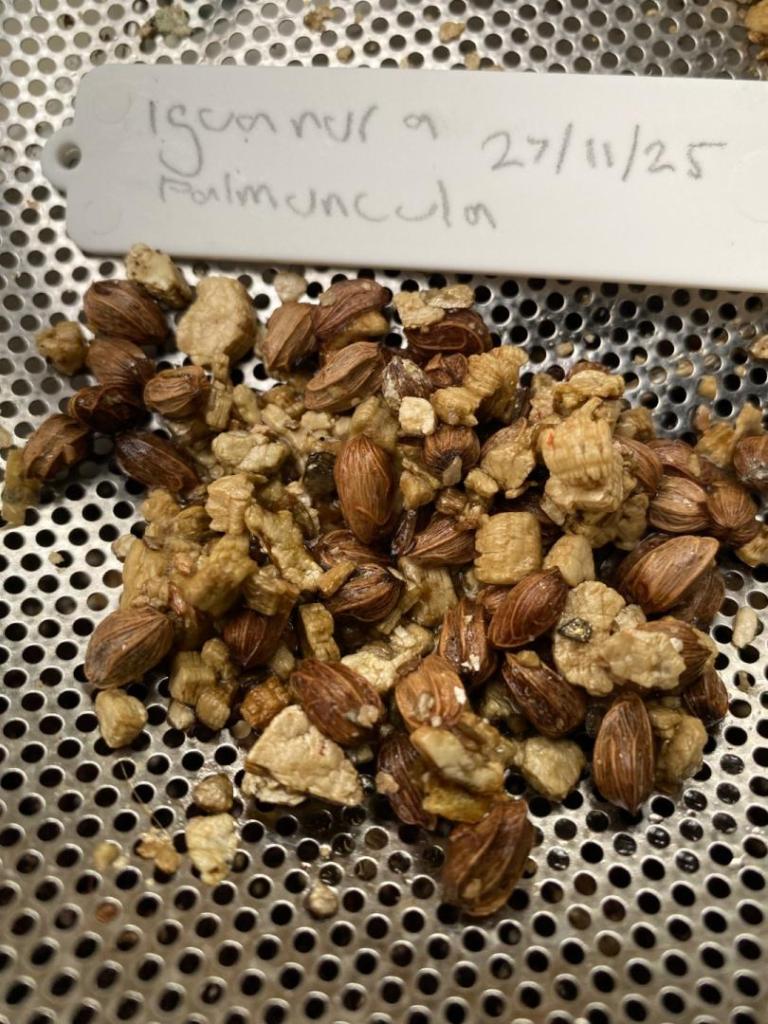

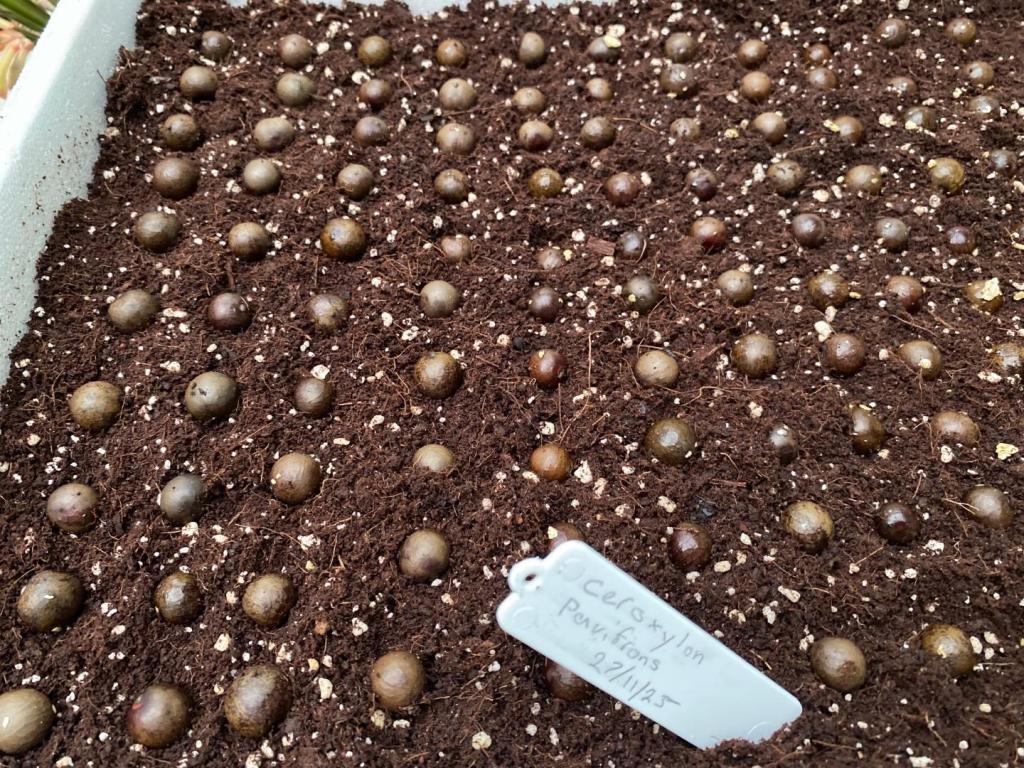

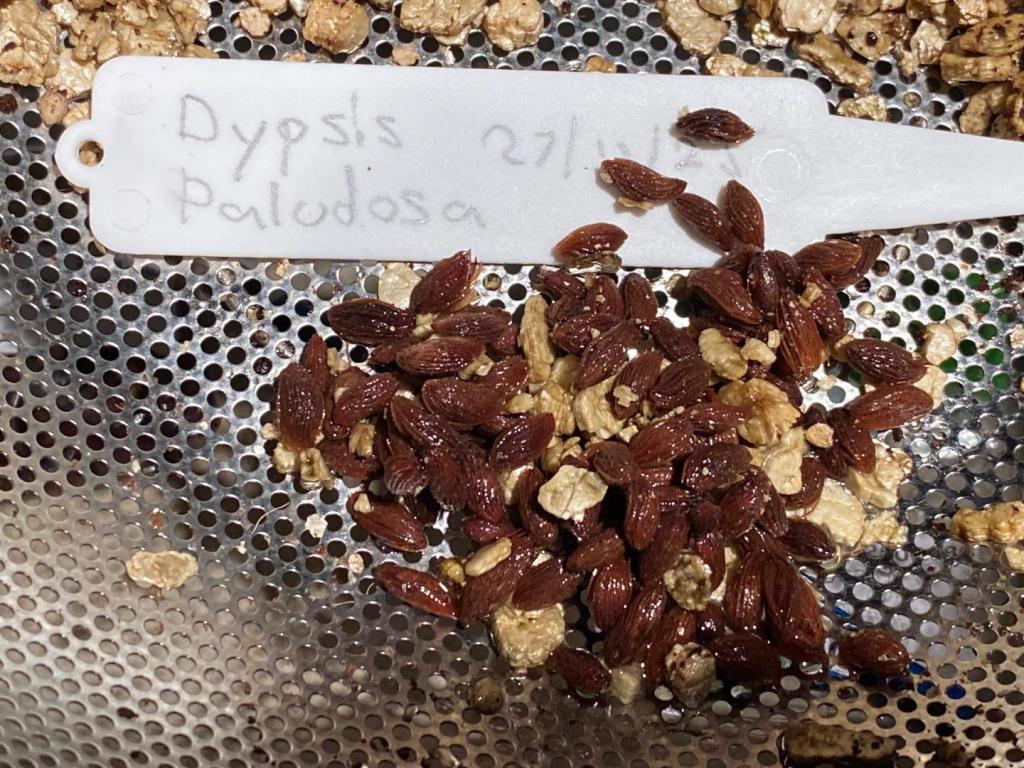
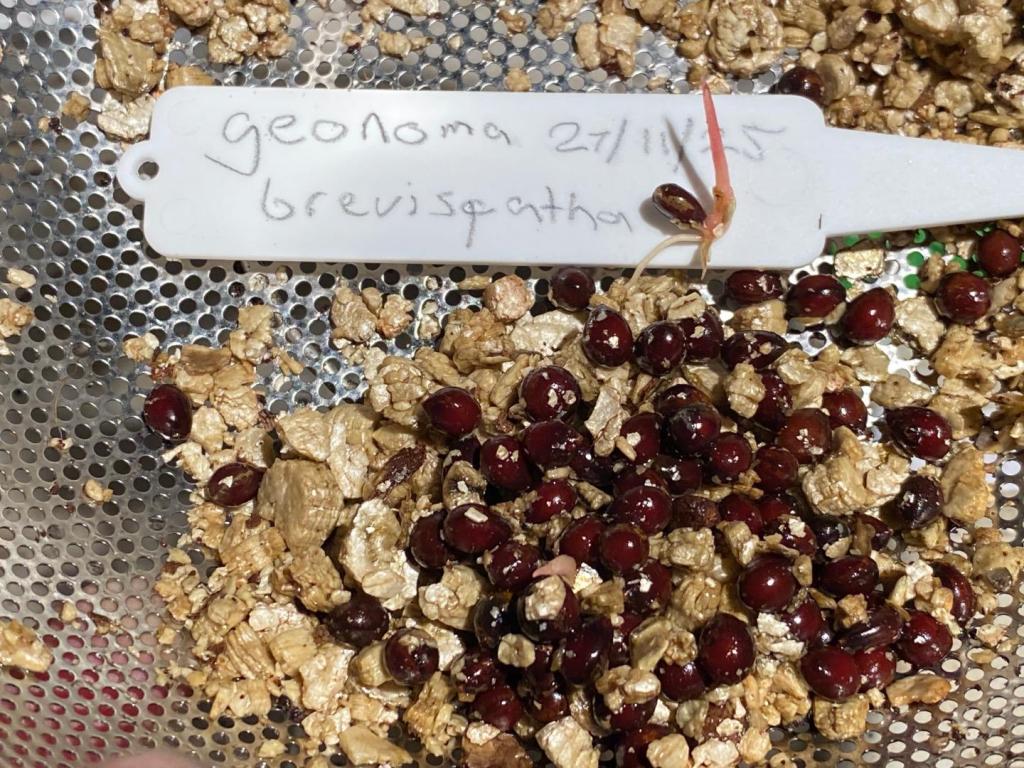
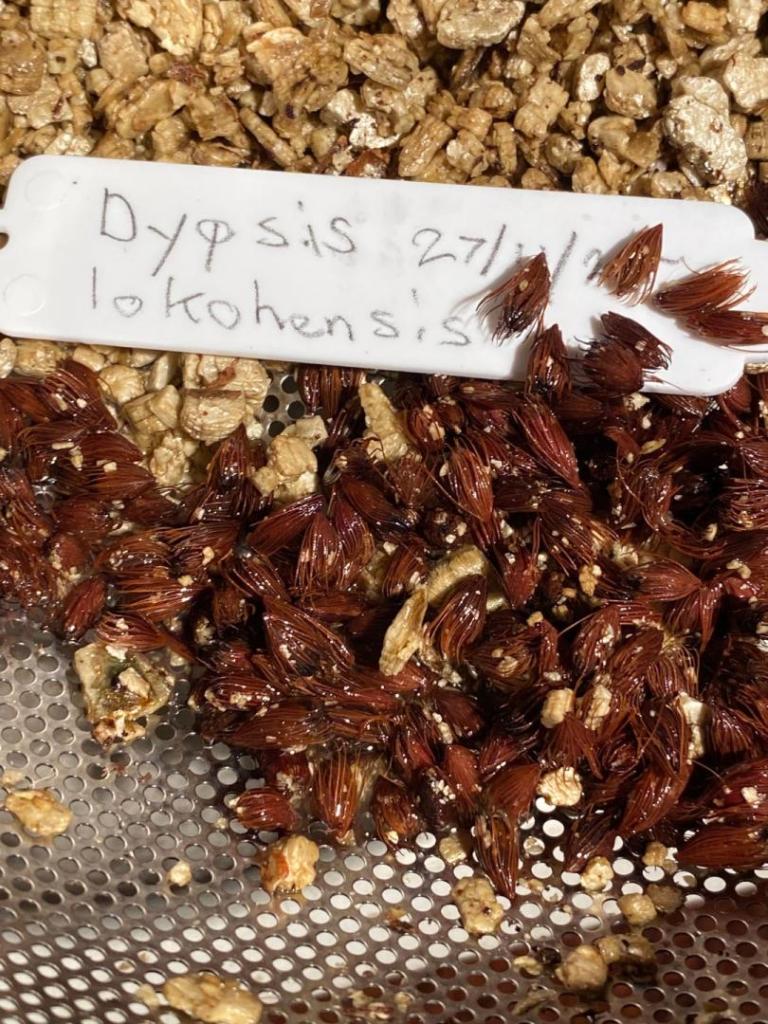
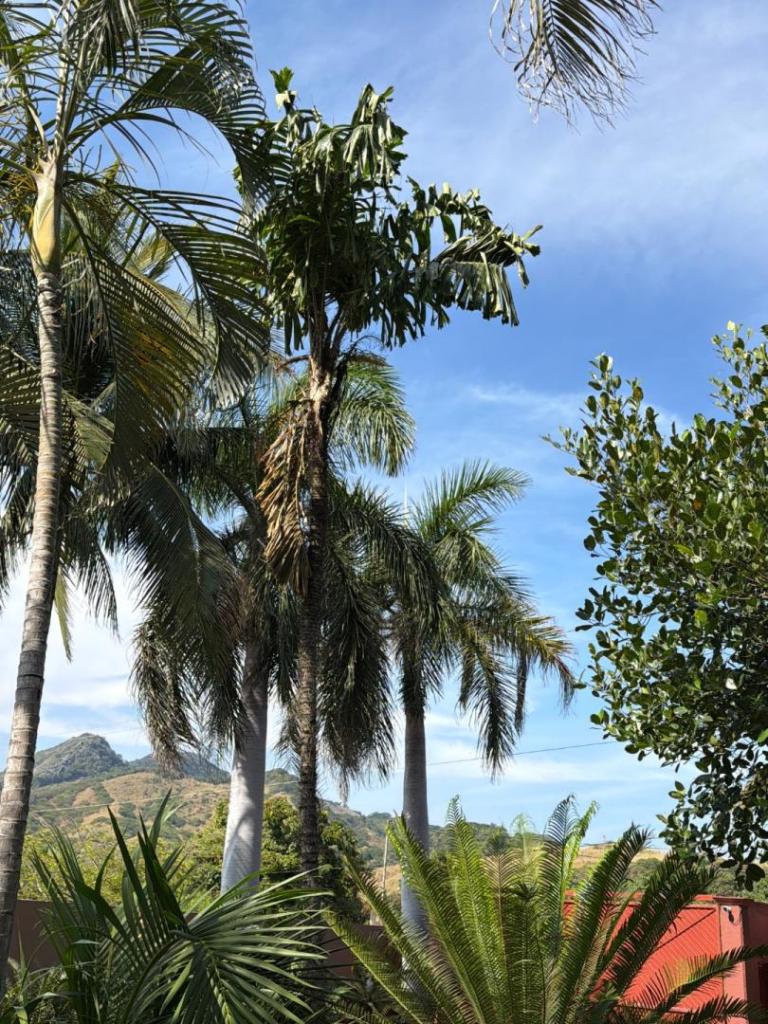

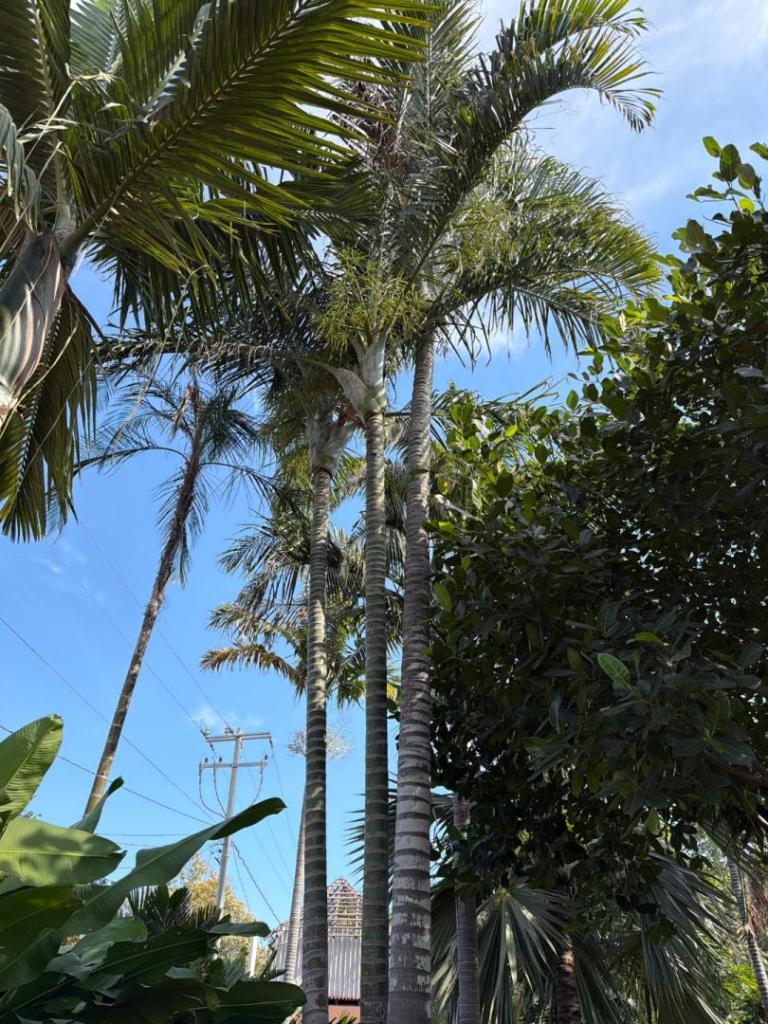
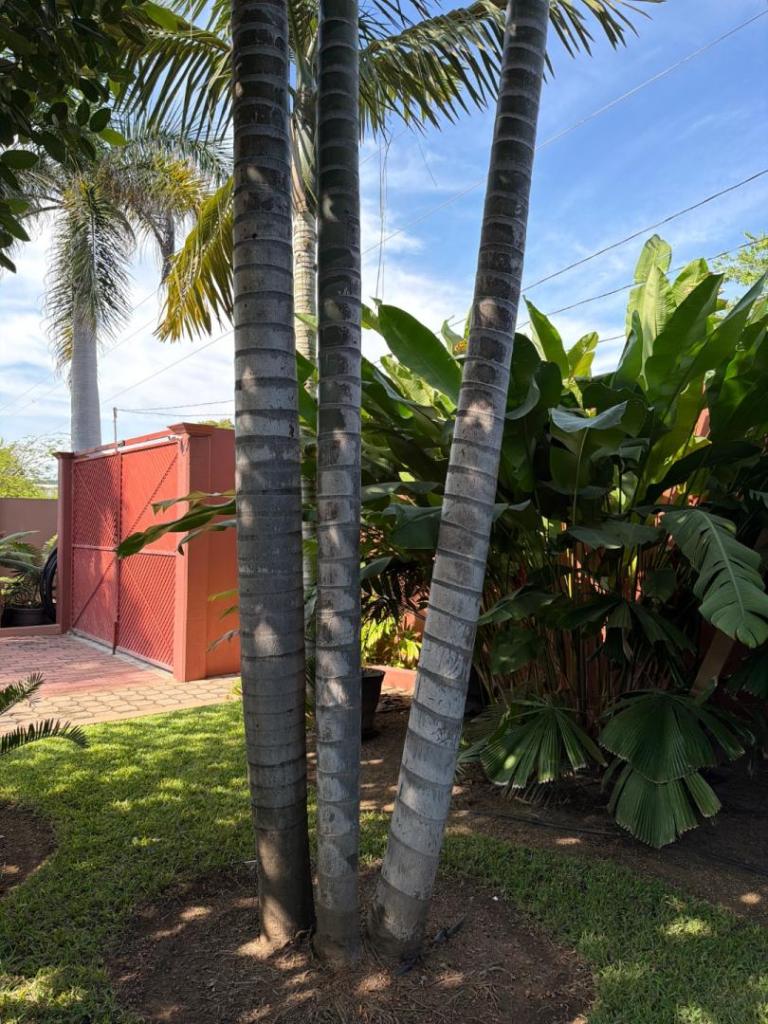
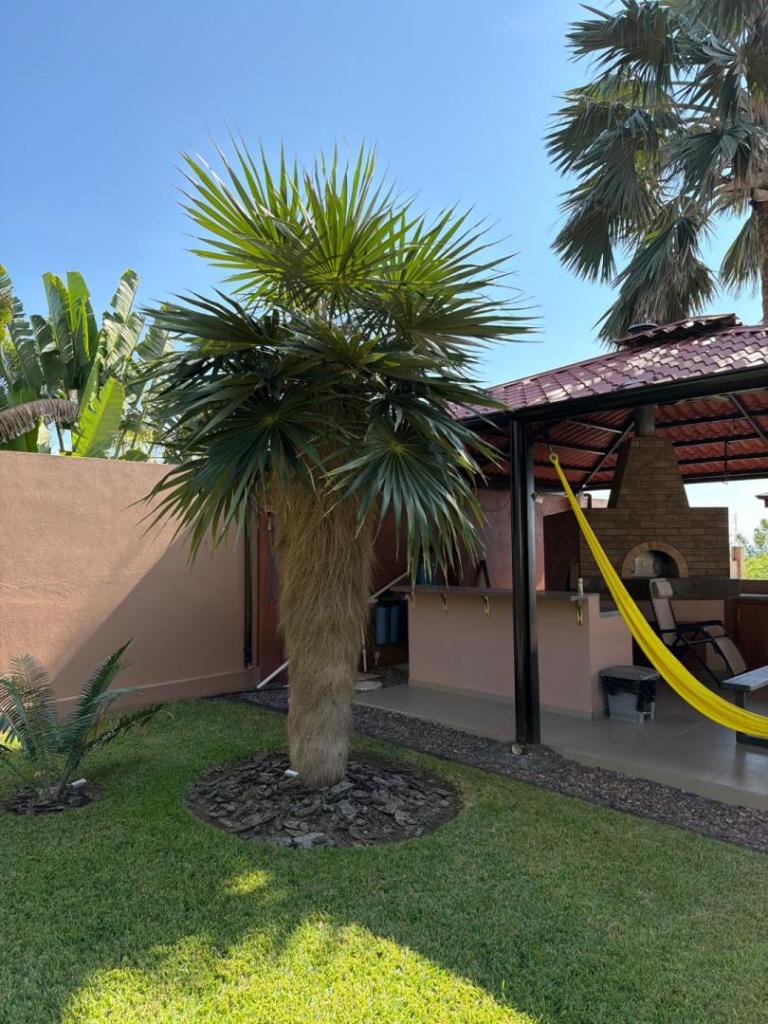


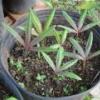
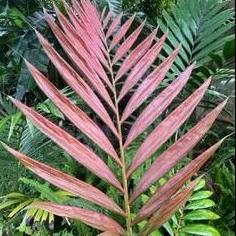

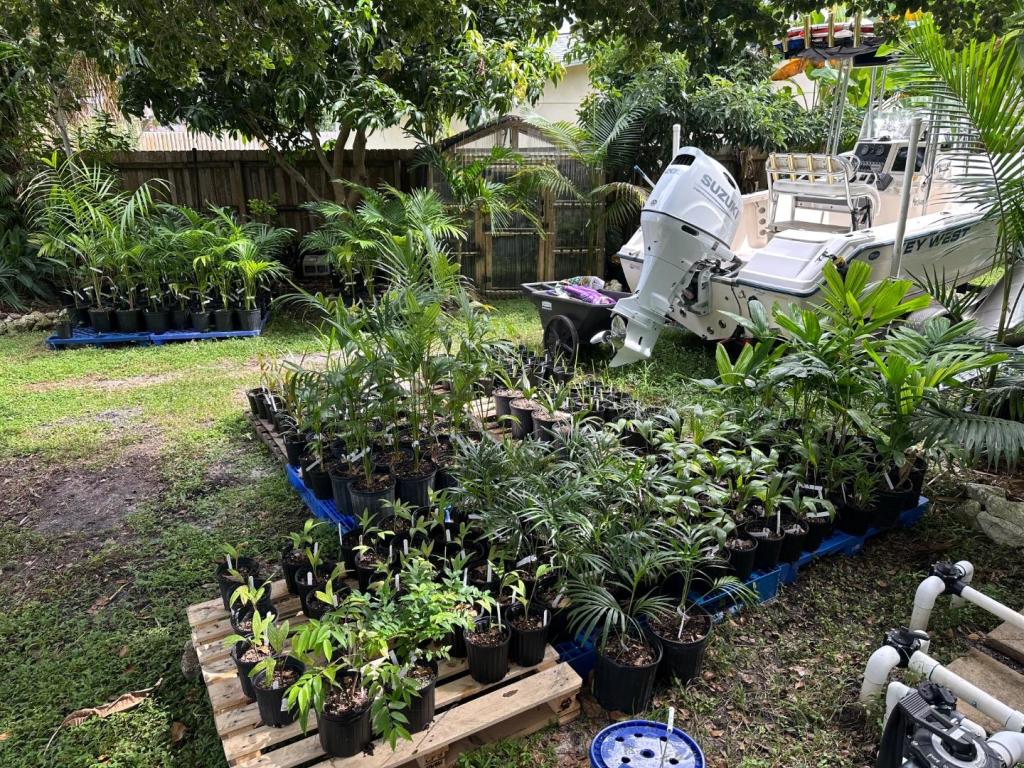

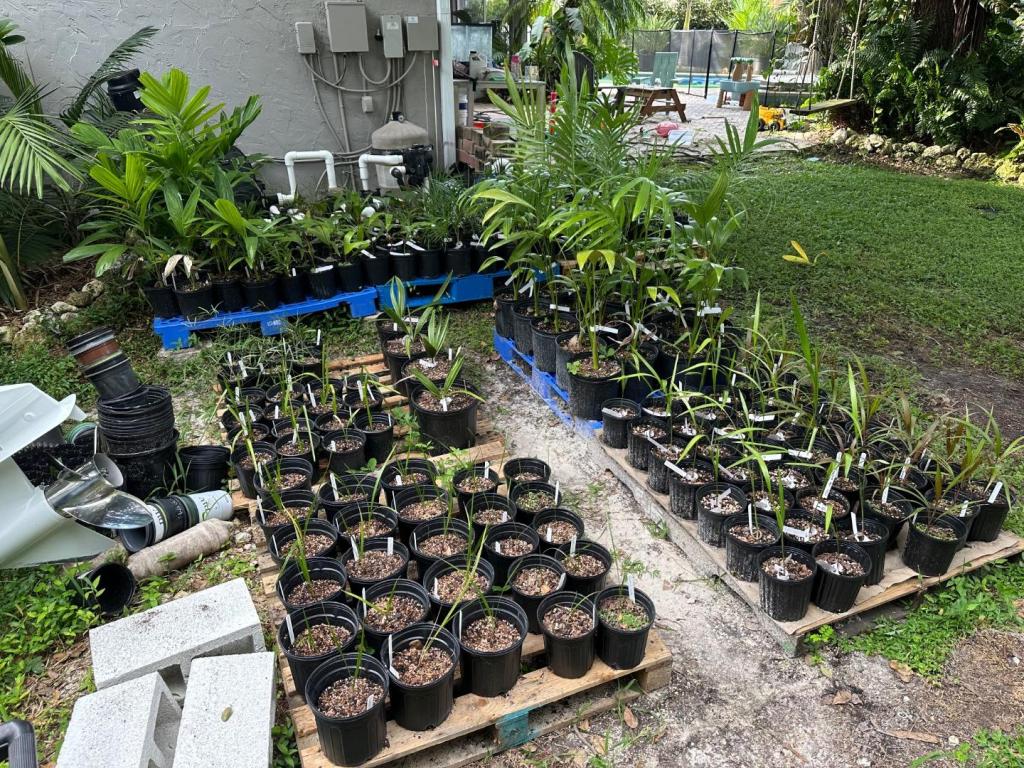
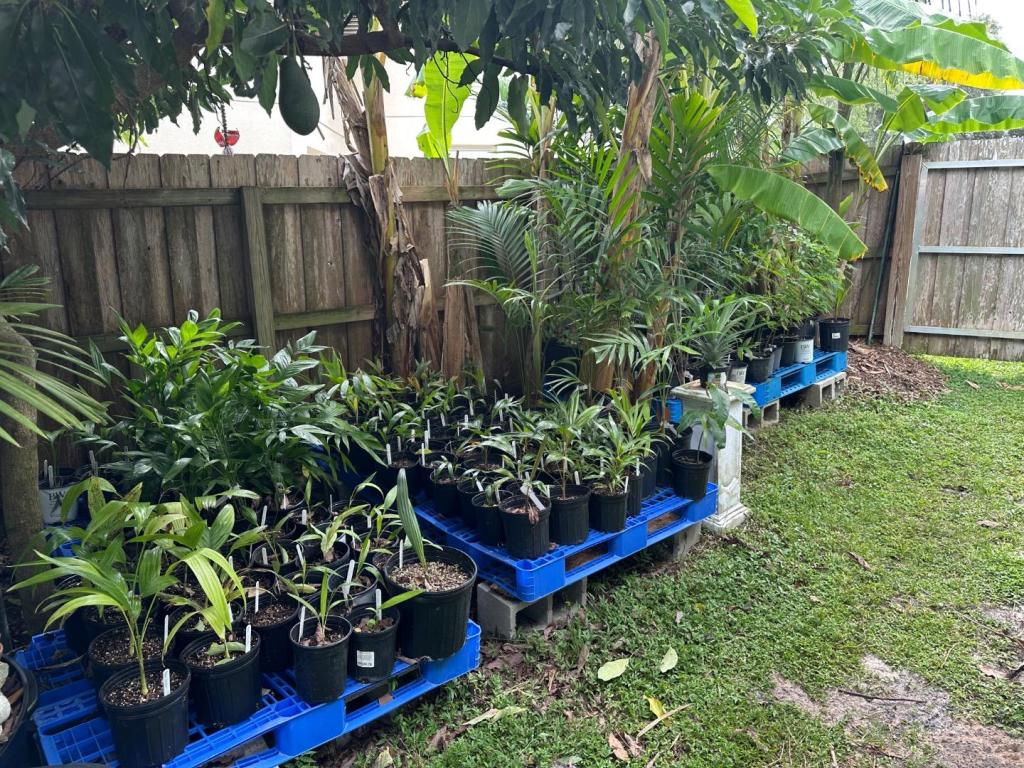
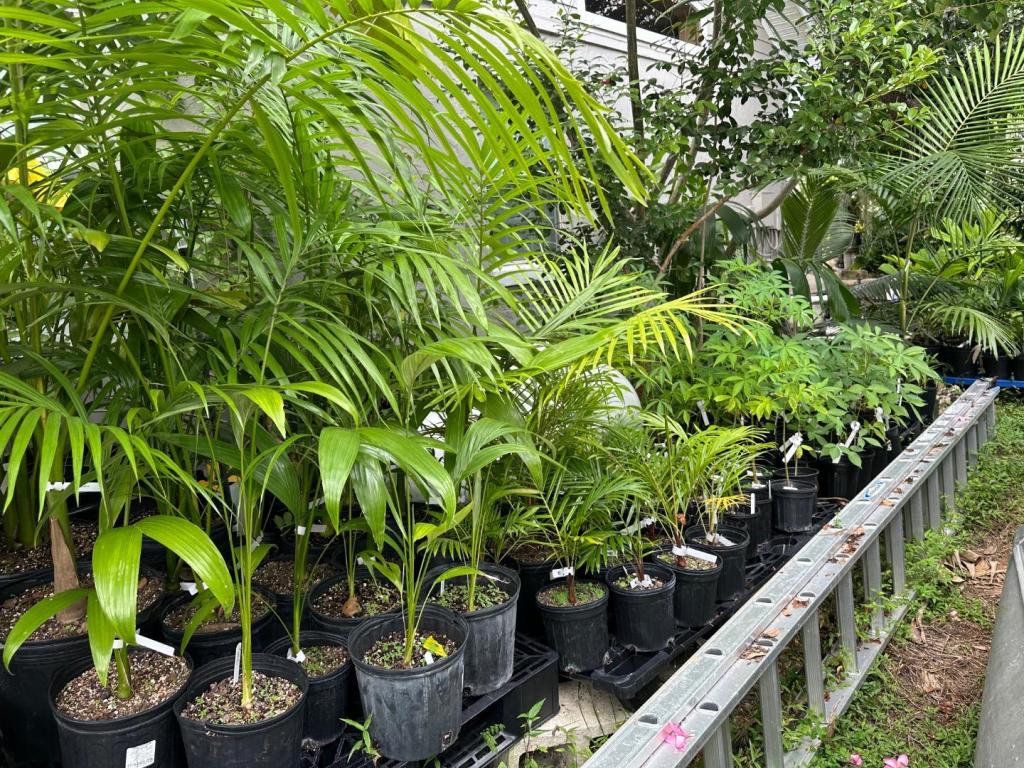

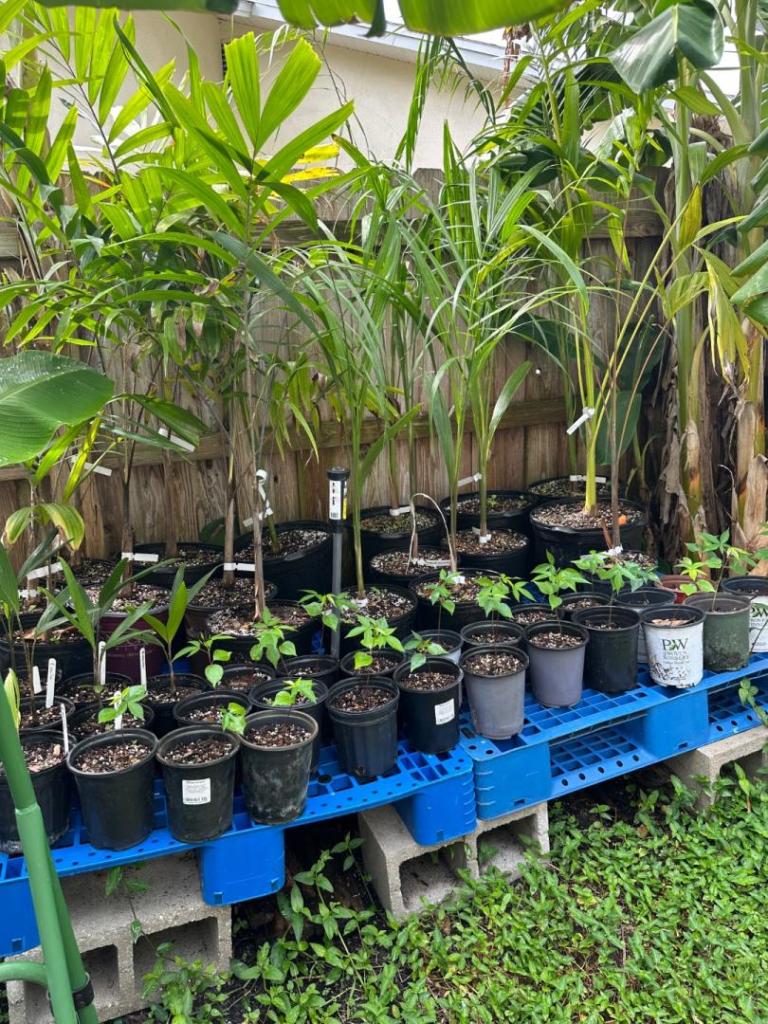



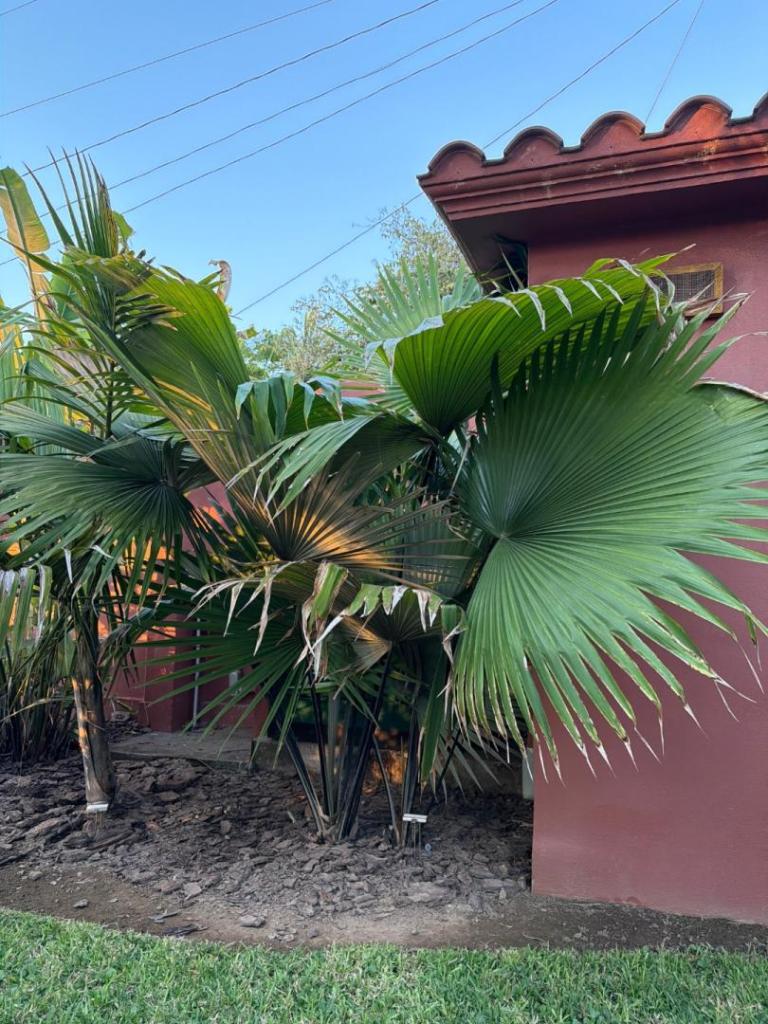
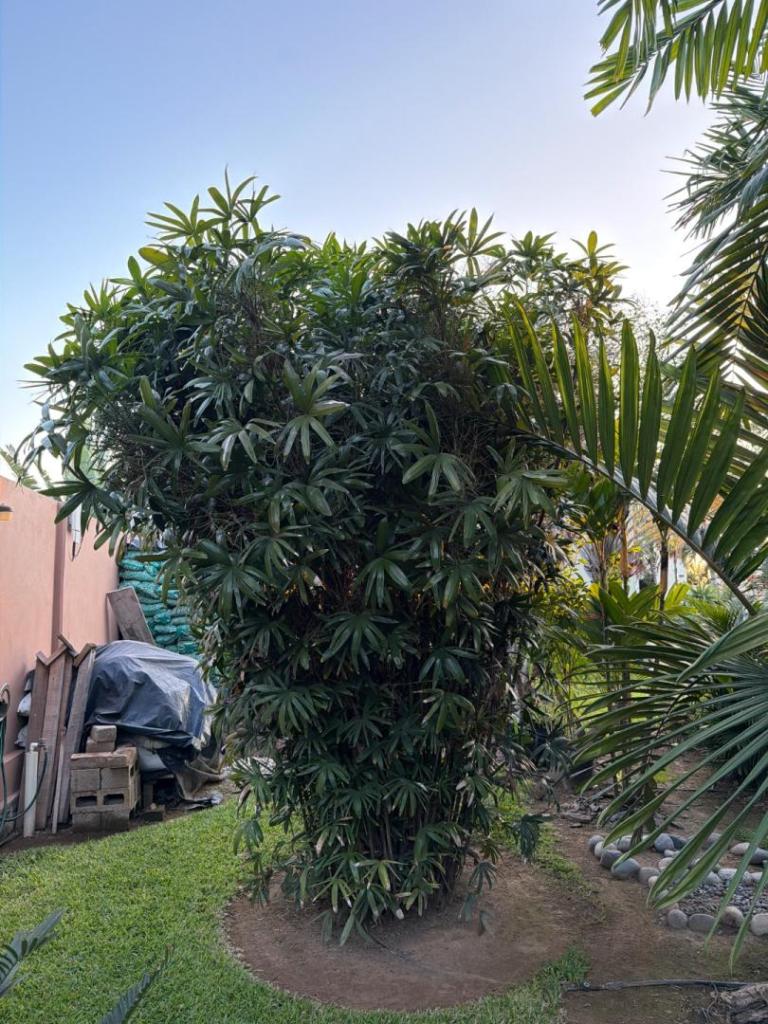




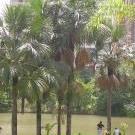

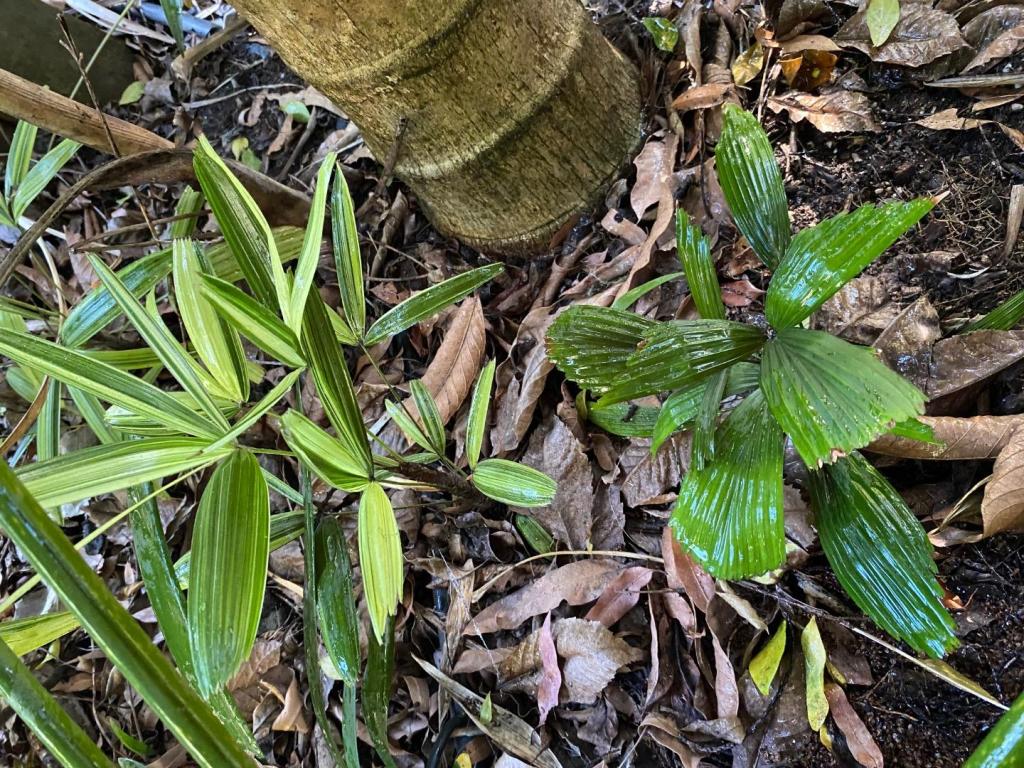

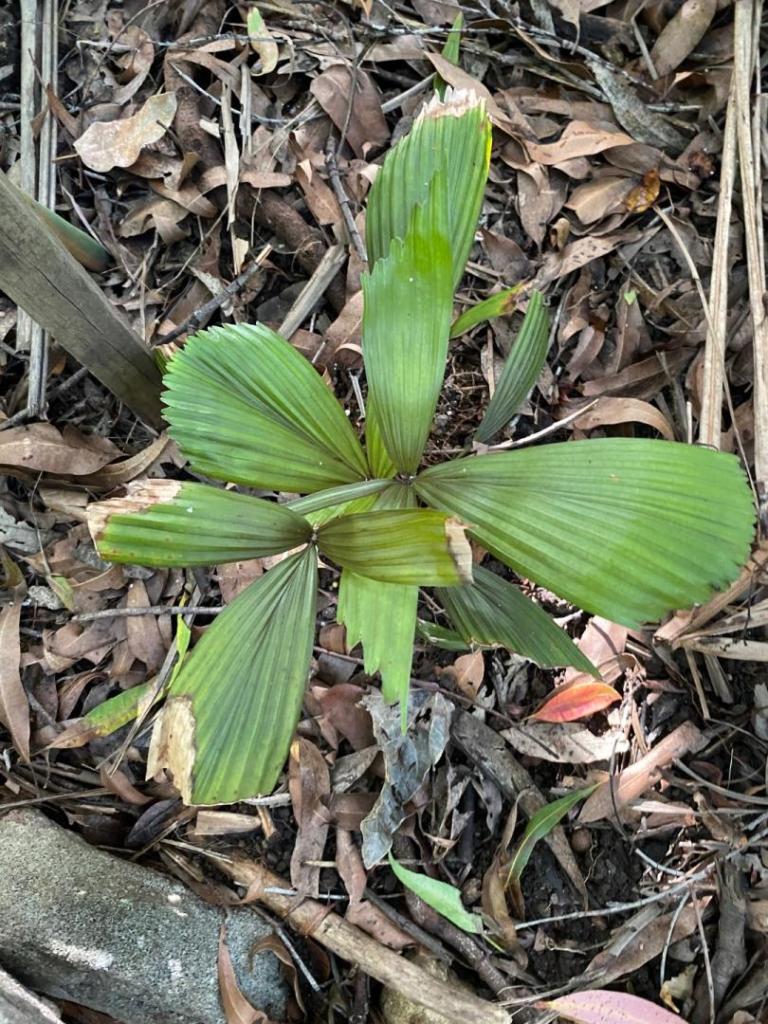
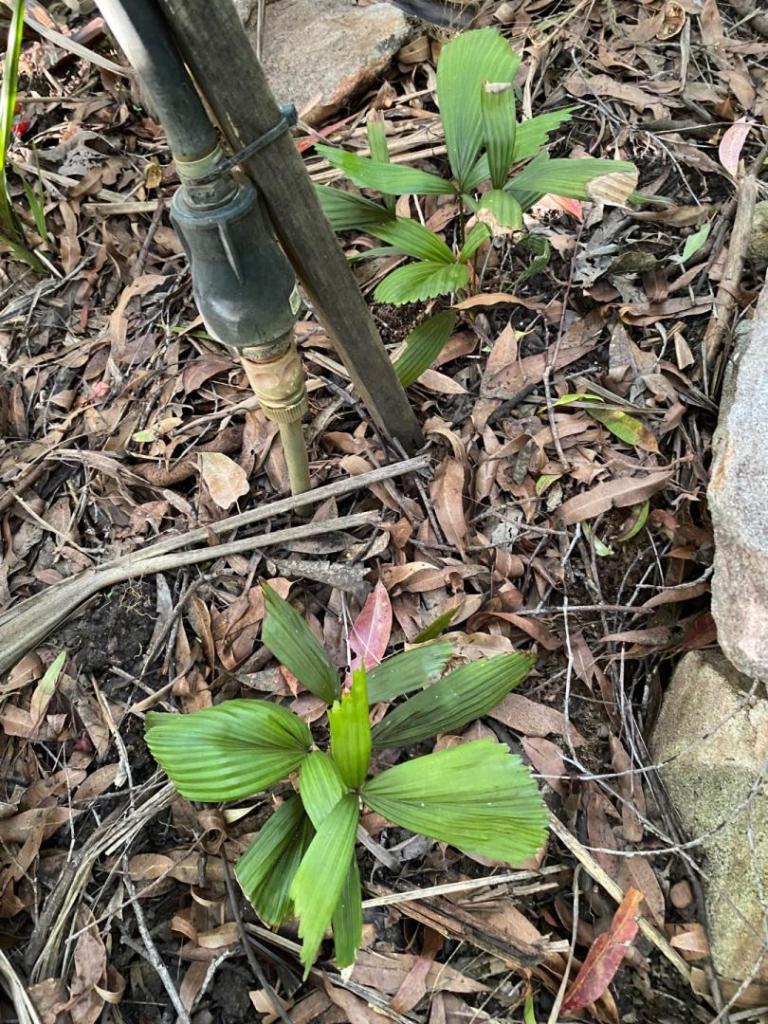
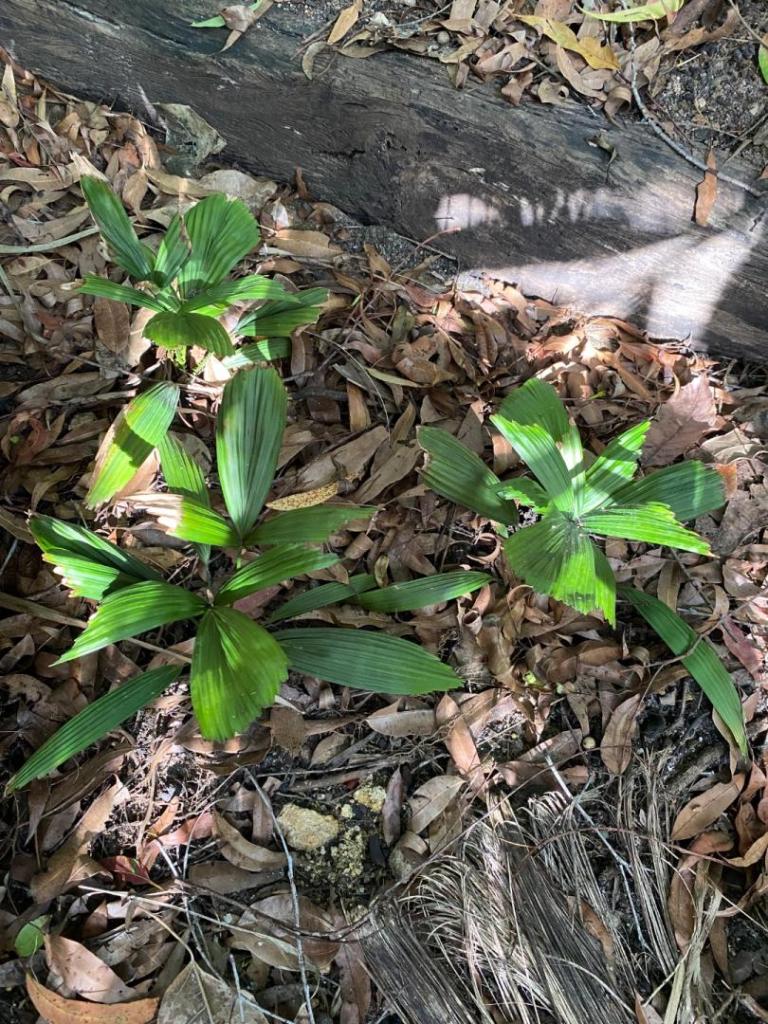


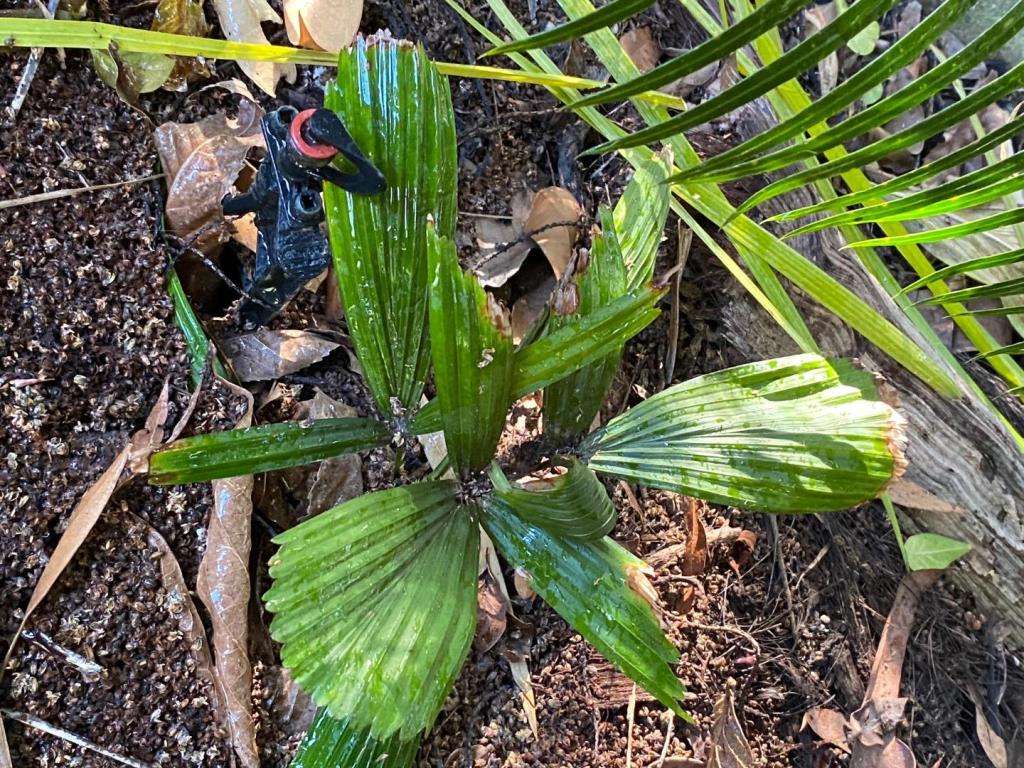


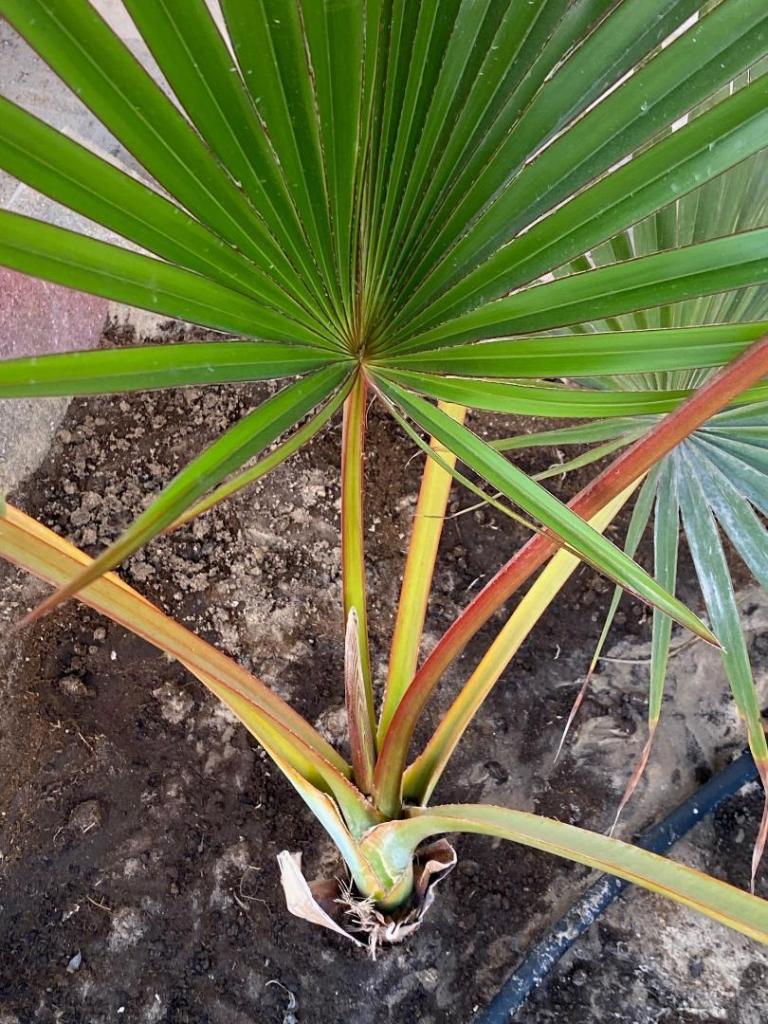
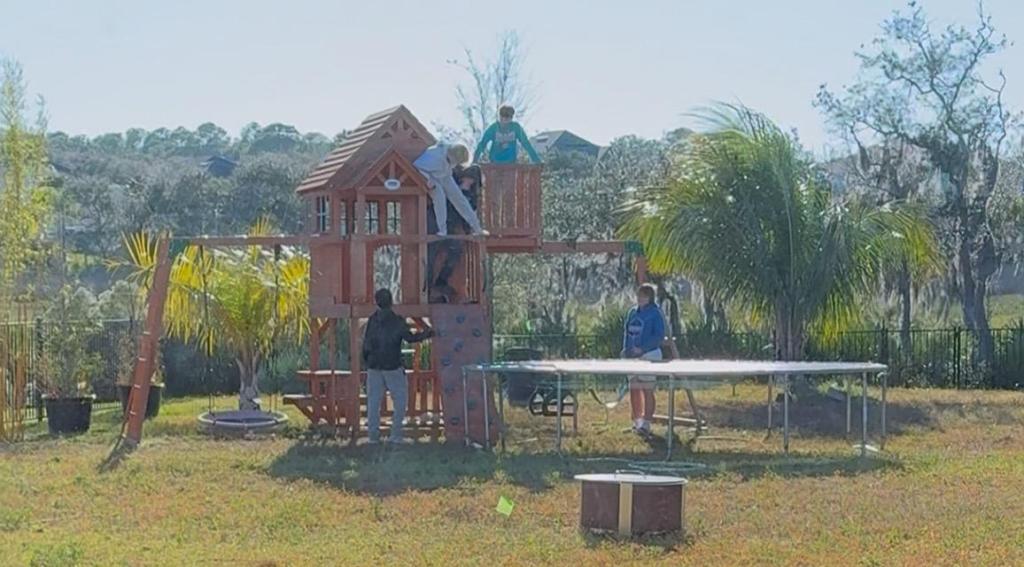
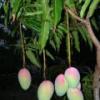


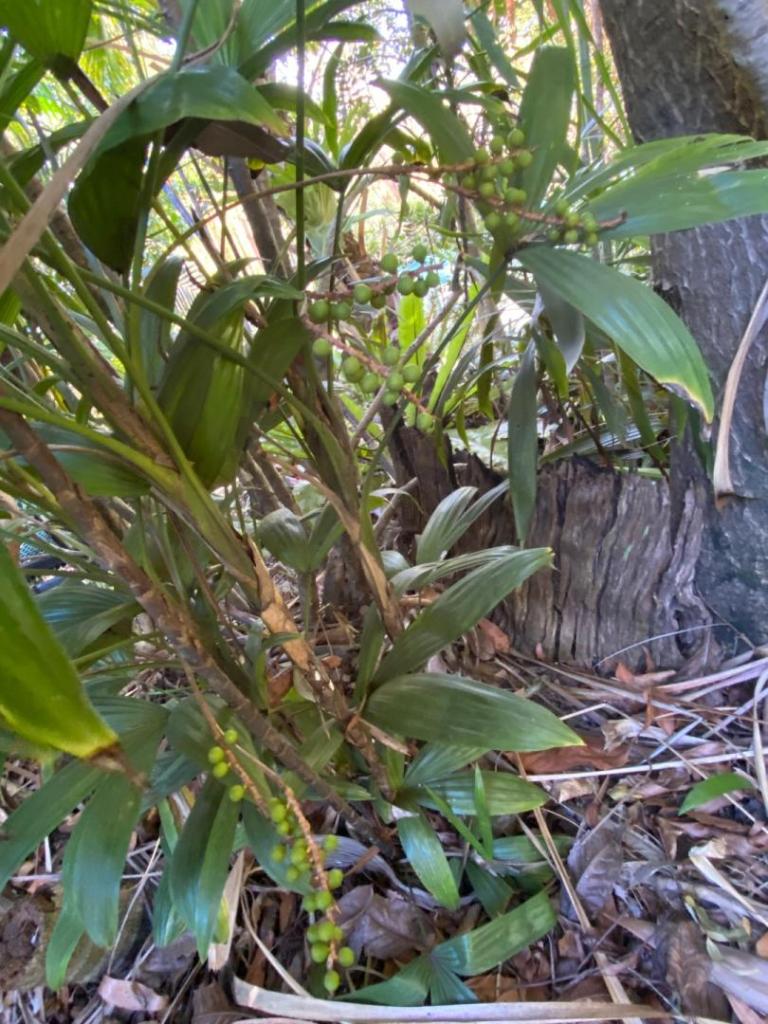


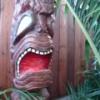
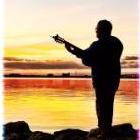
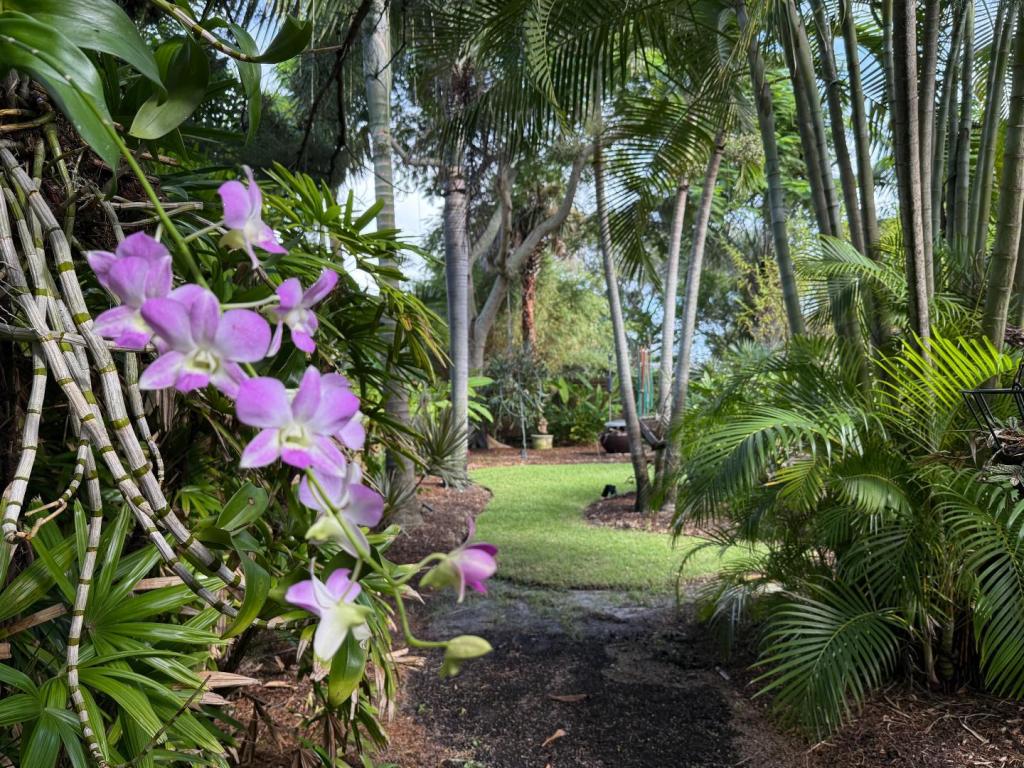
.jpg.0cf735c7525858af1582442942bc68e8.thumb.jpg.894f59a749fff01eb286c1fe4a50ab62.jpg)
